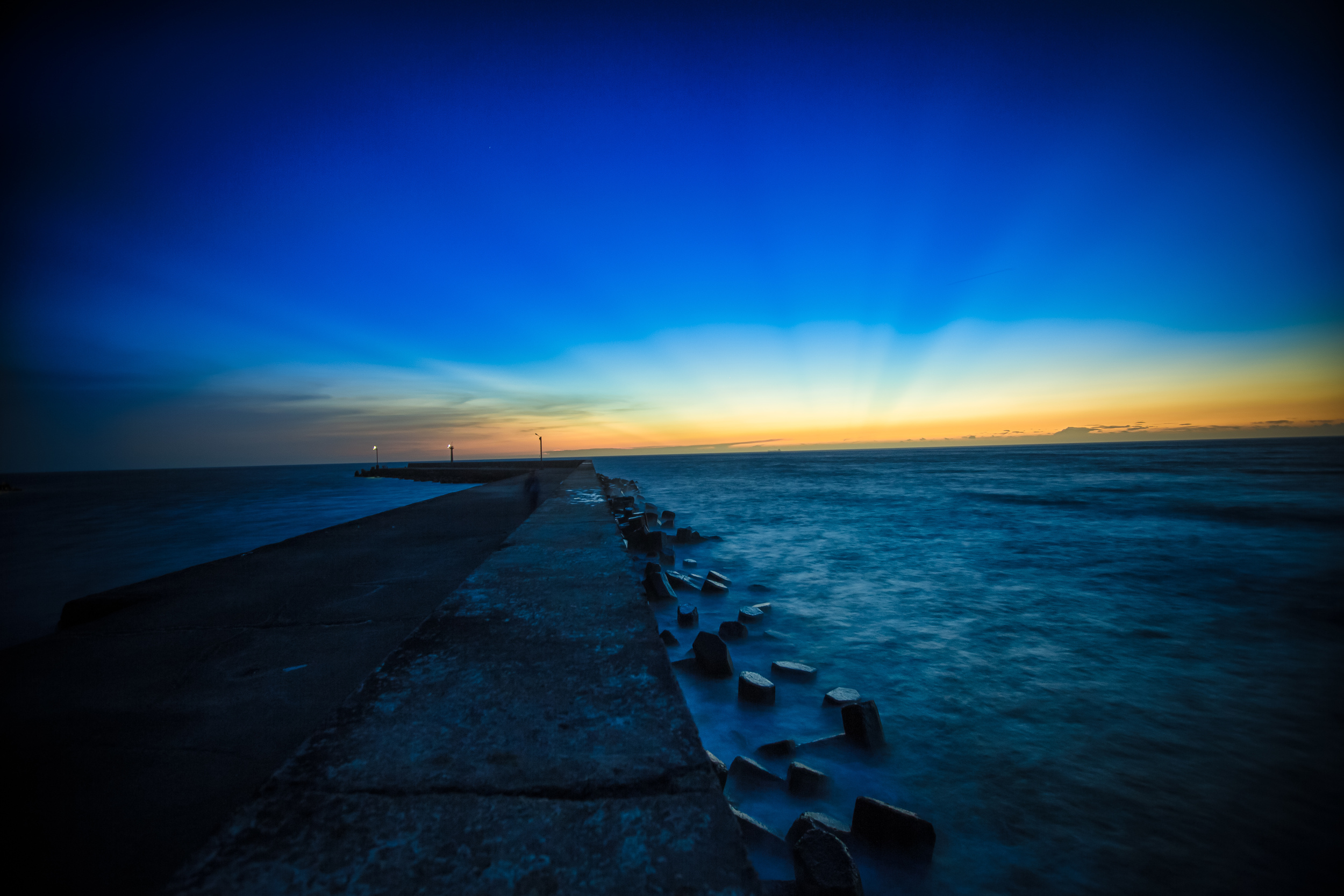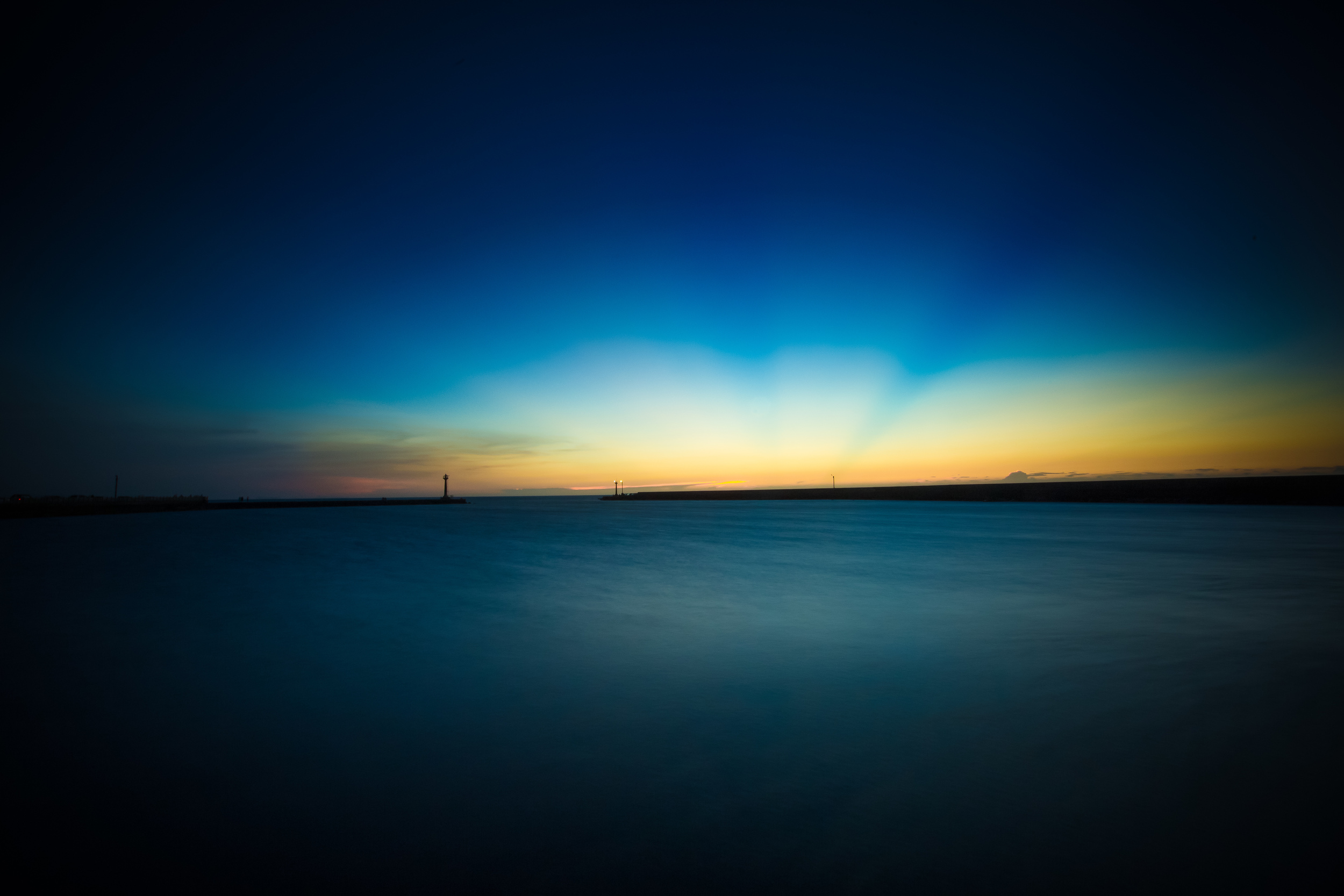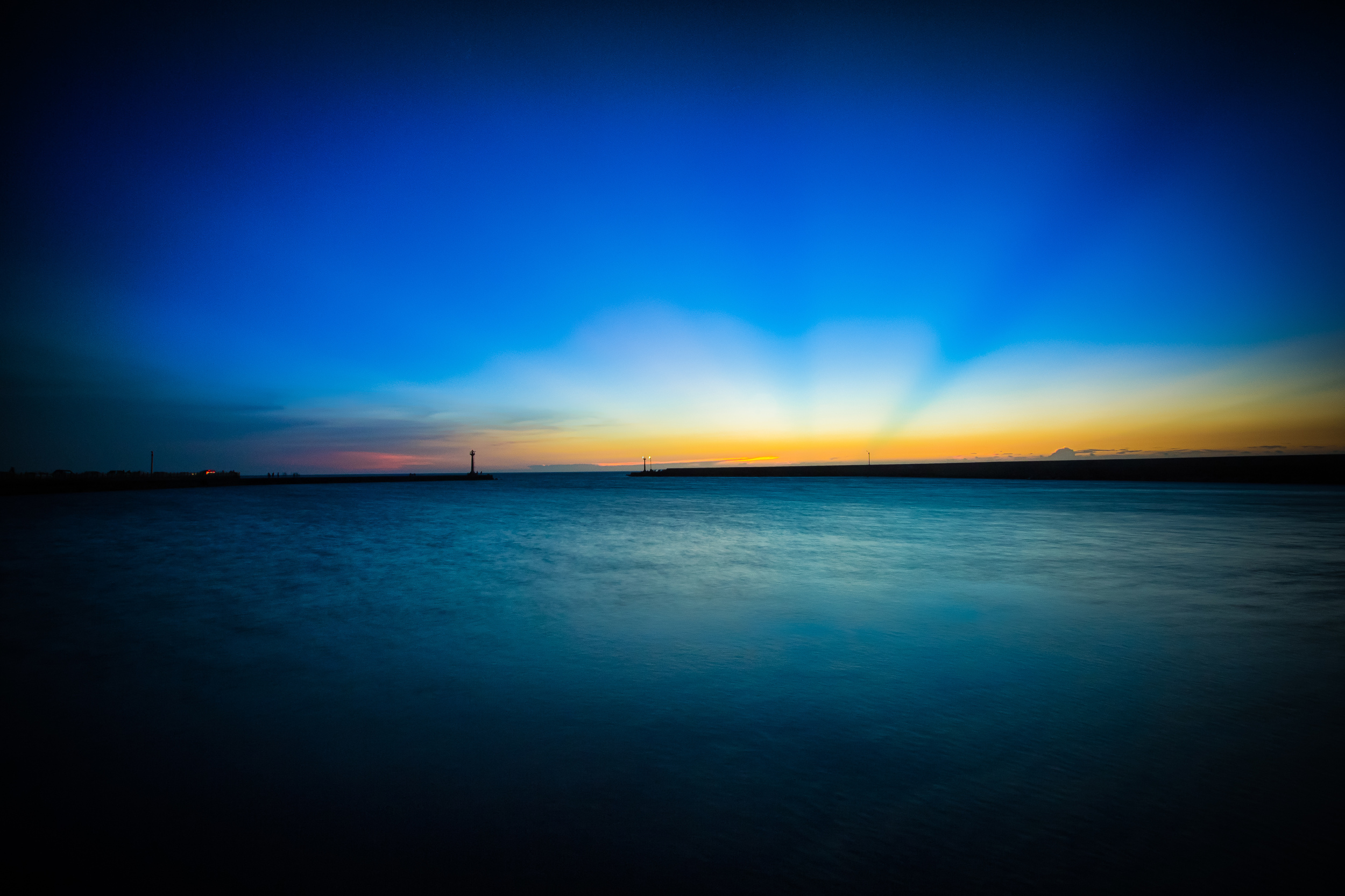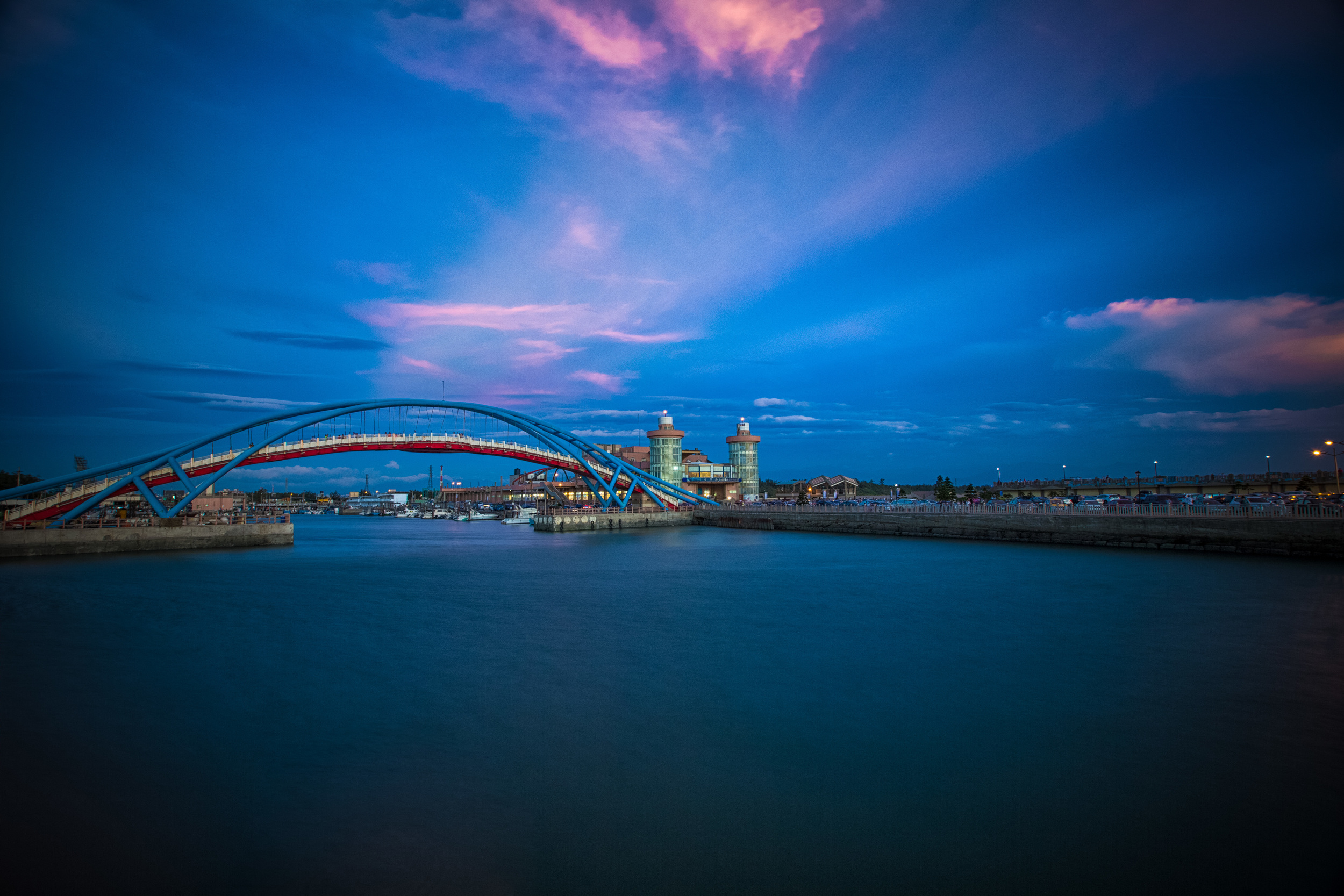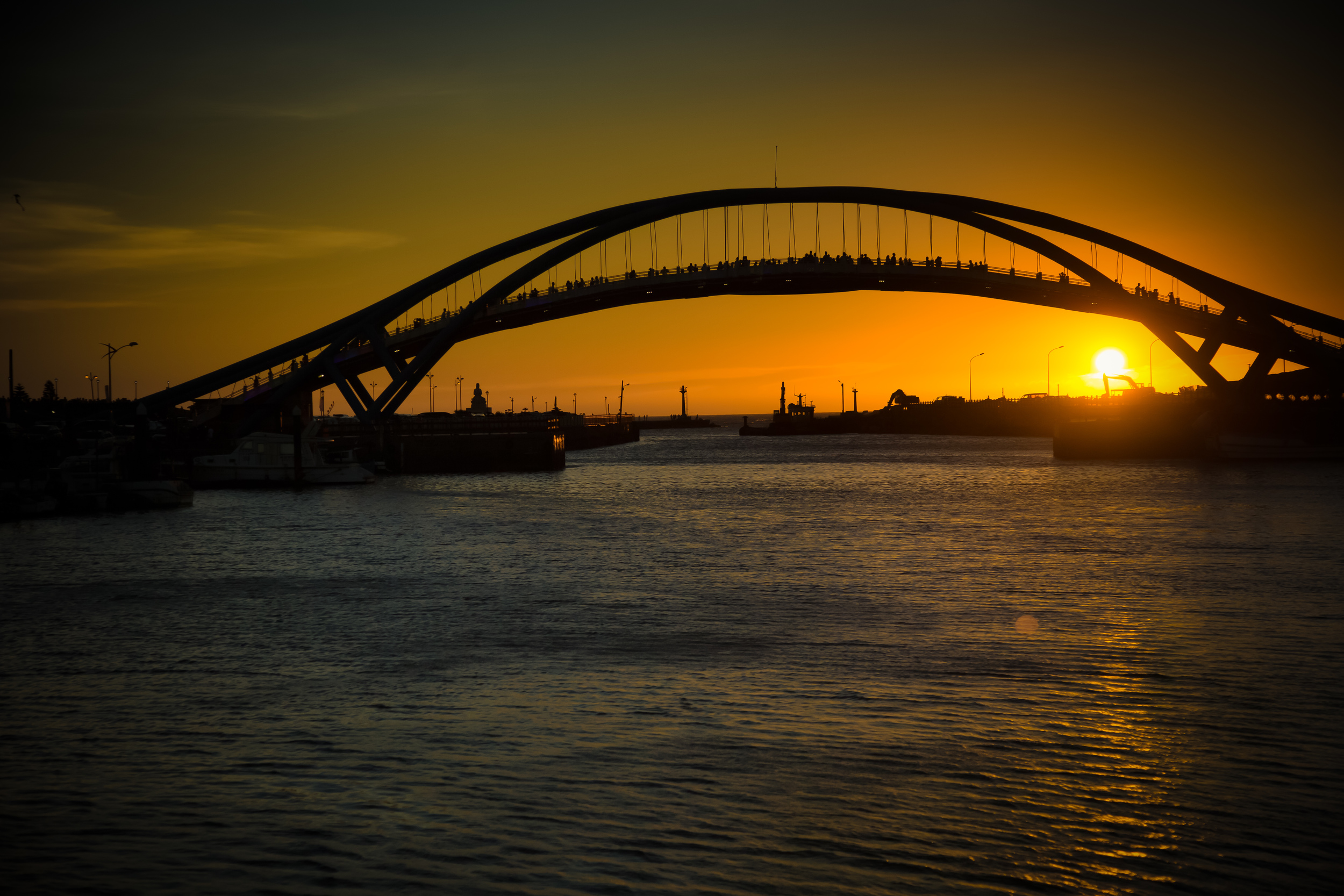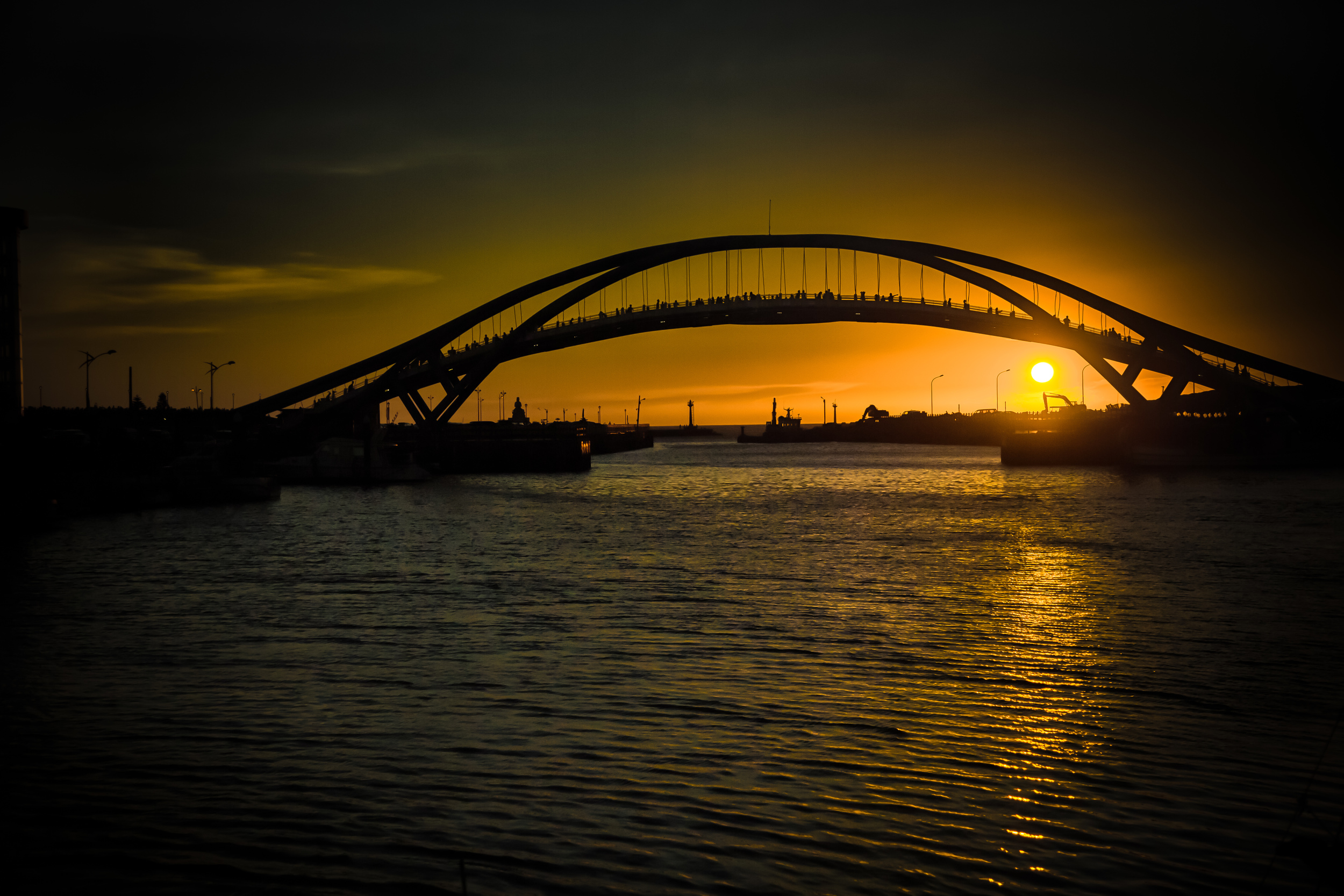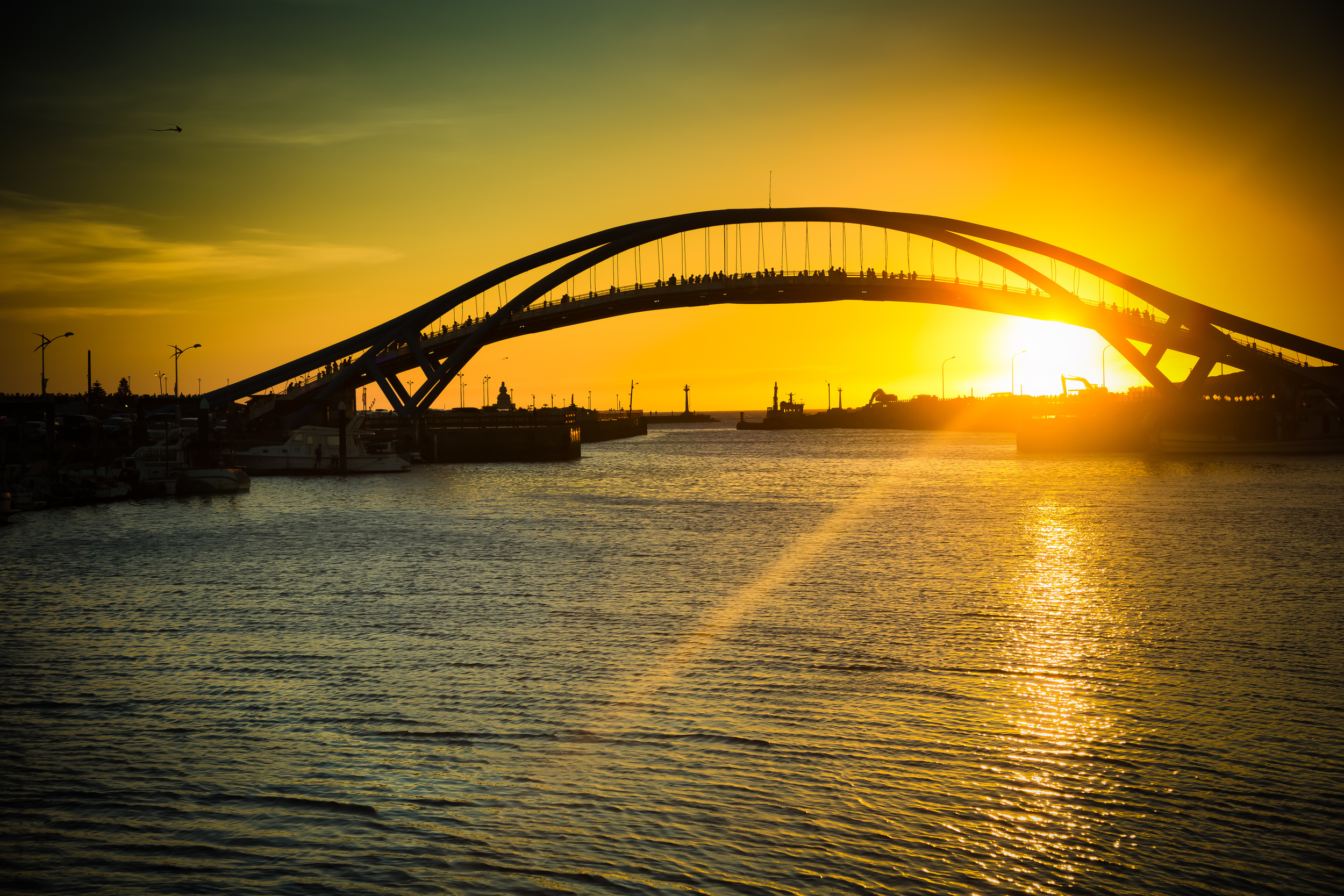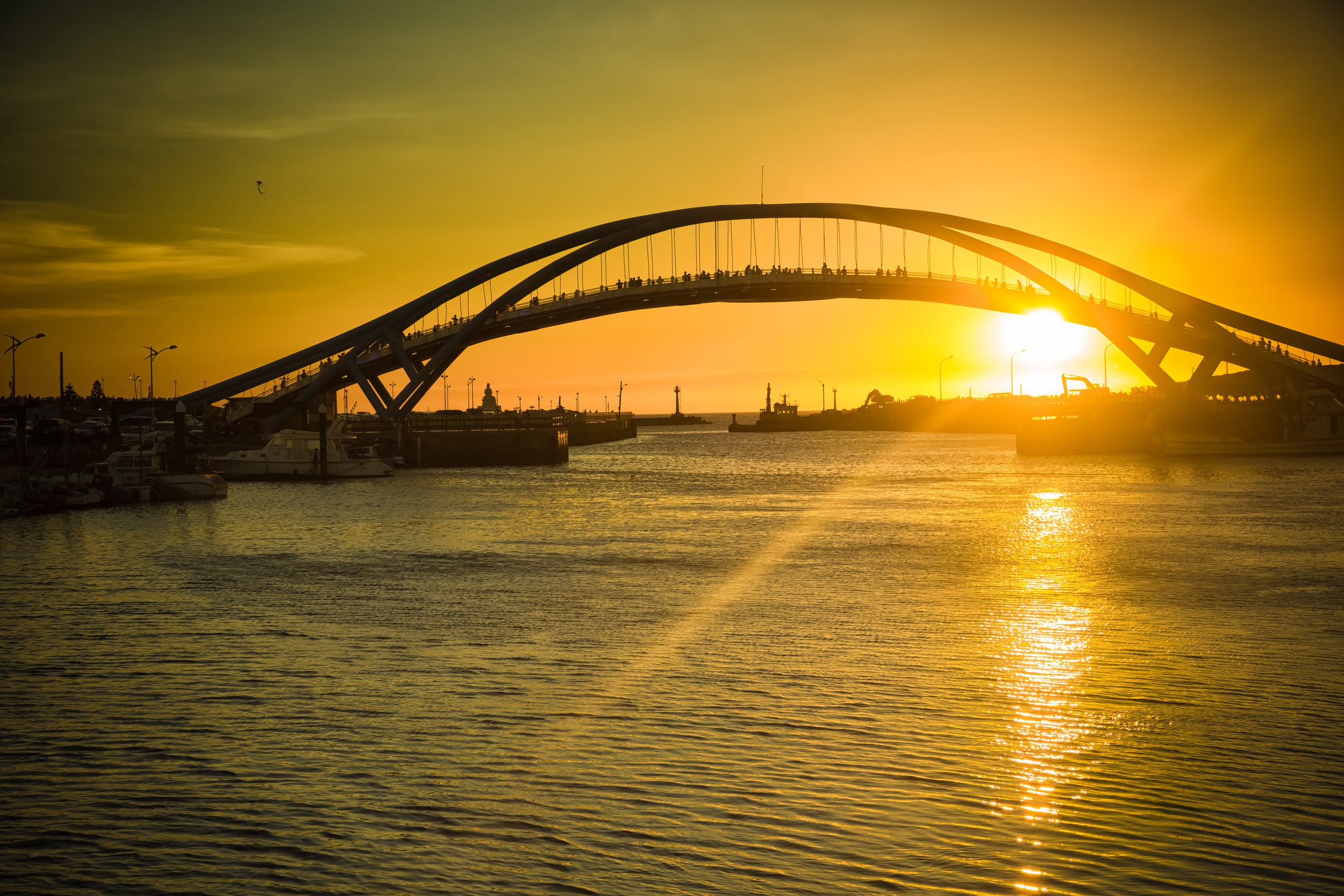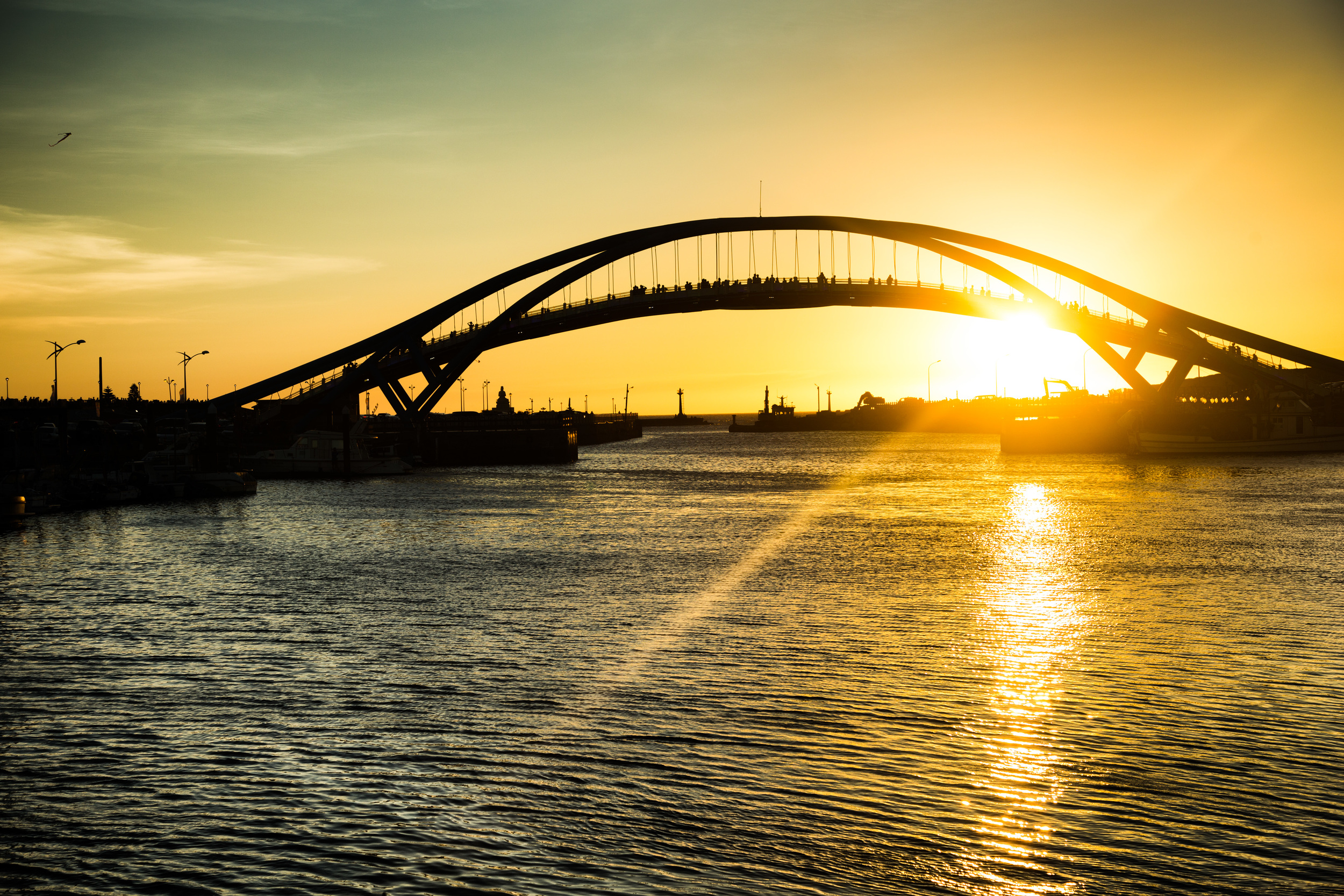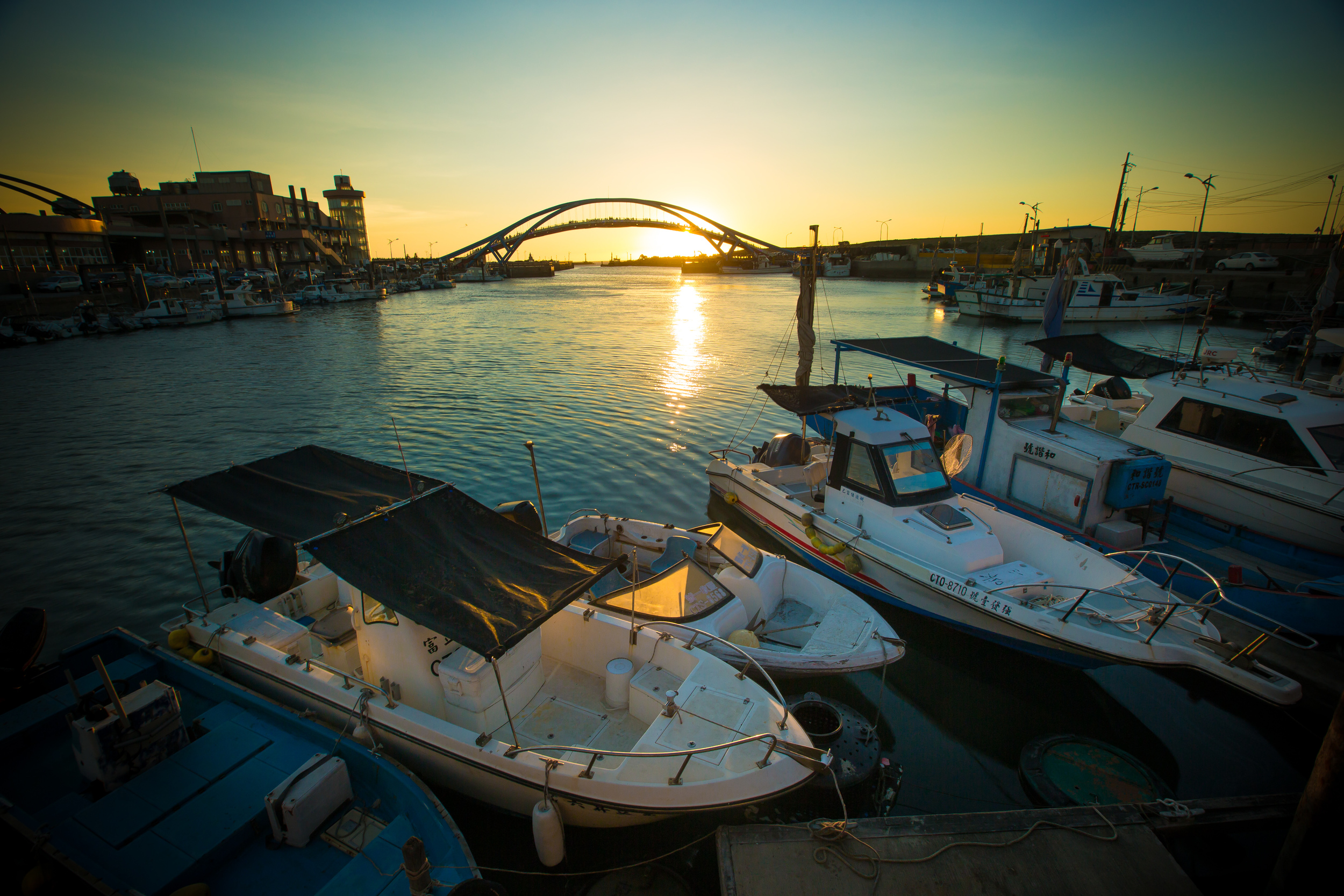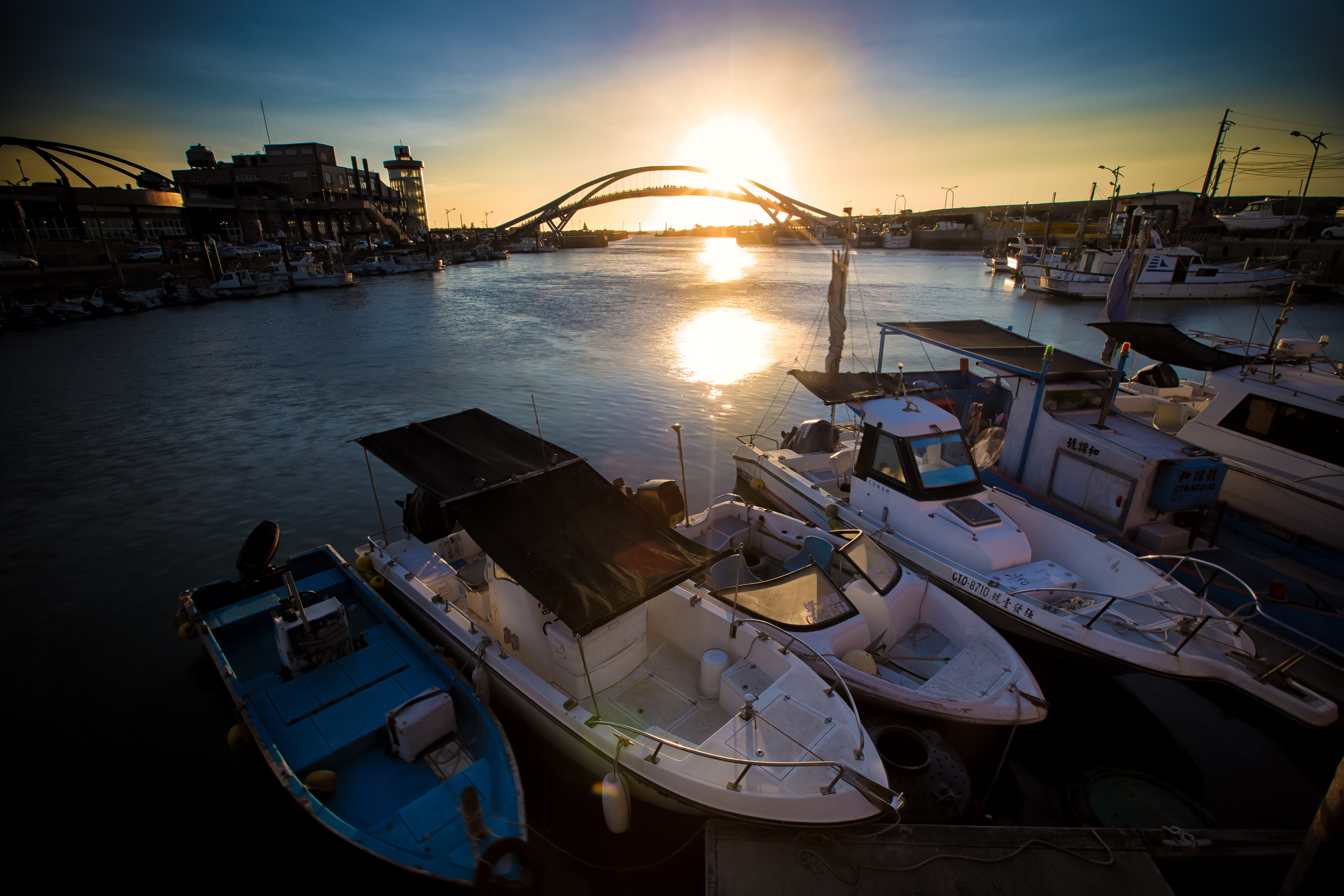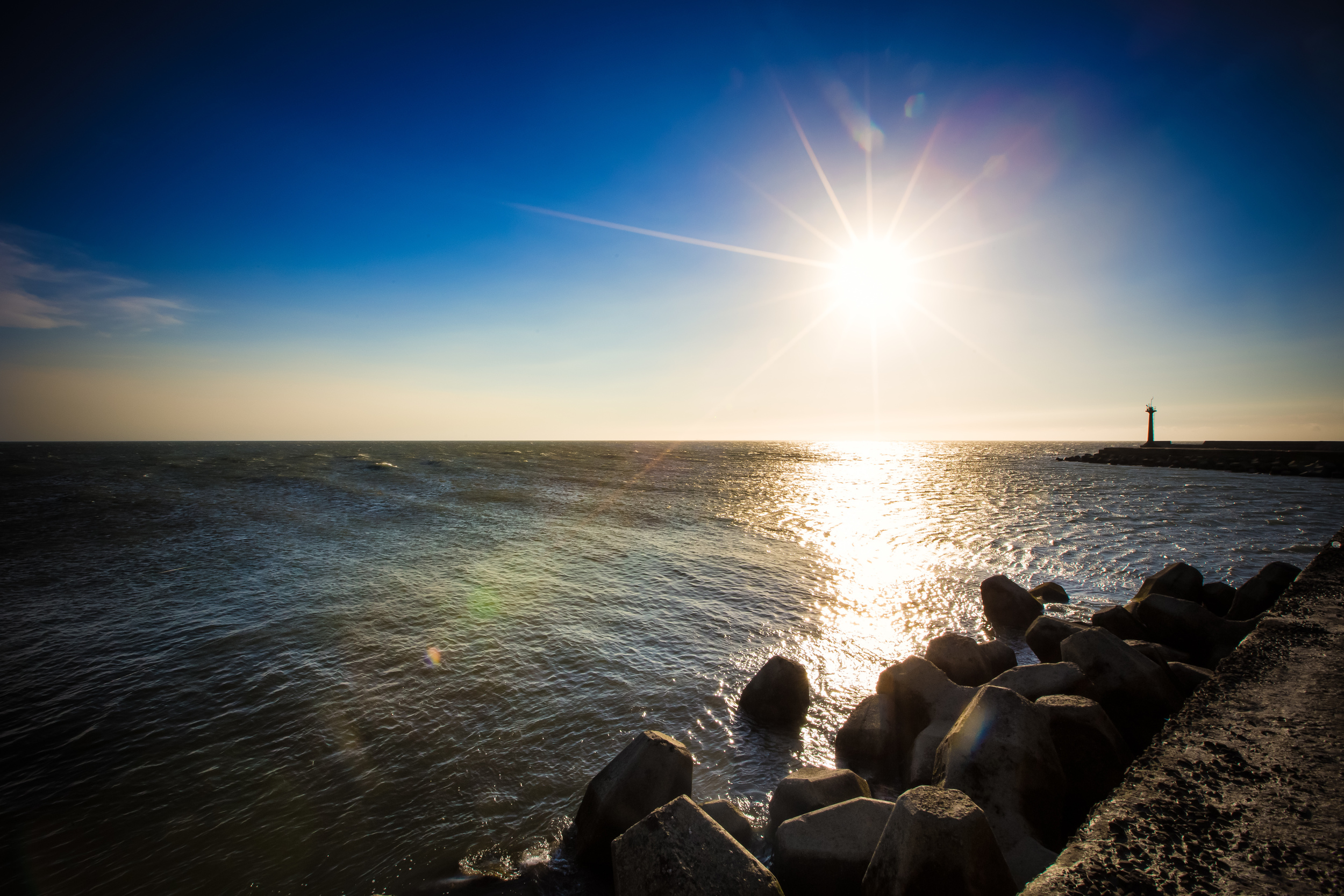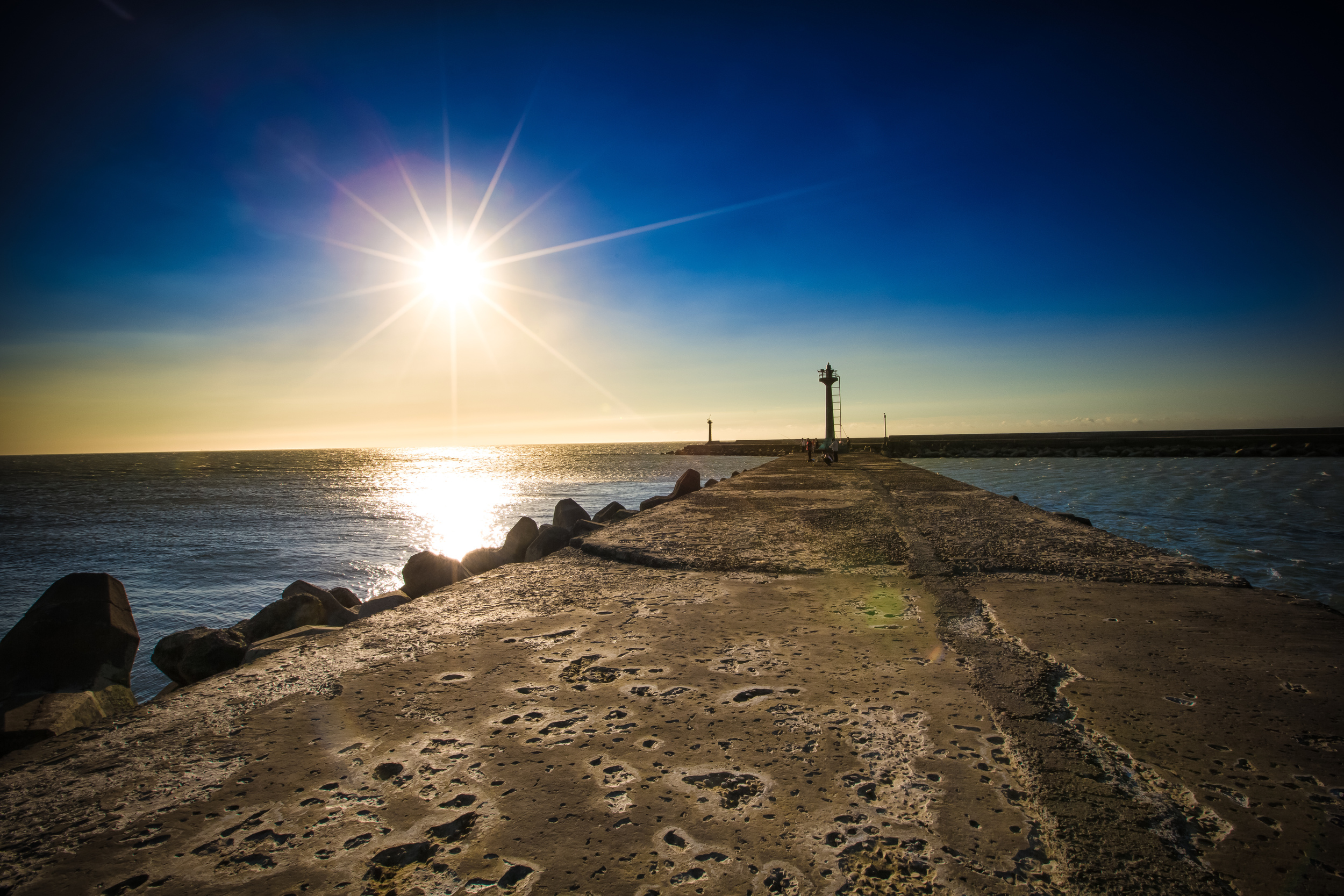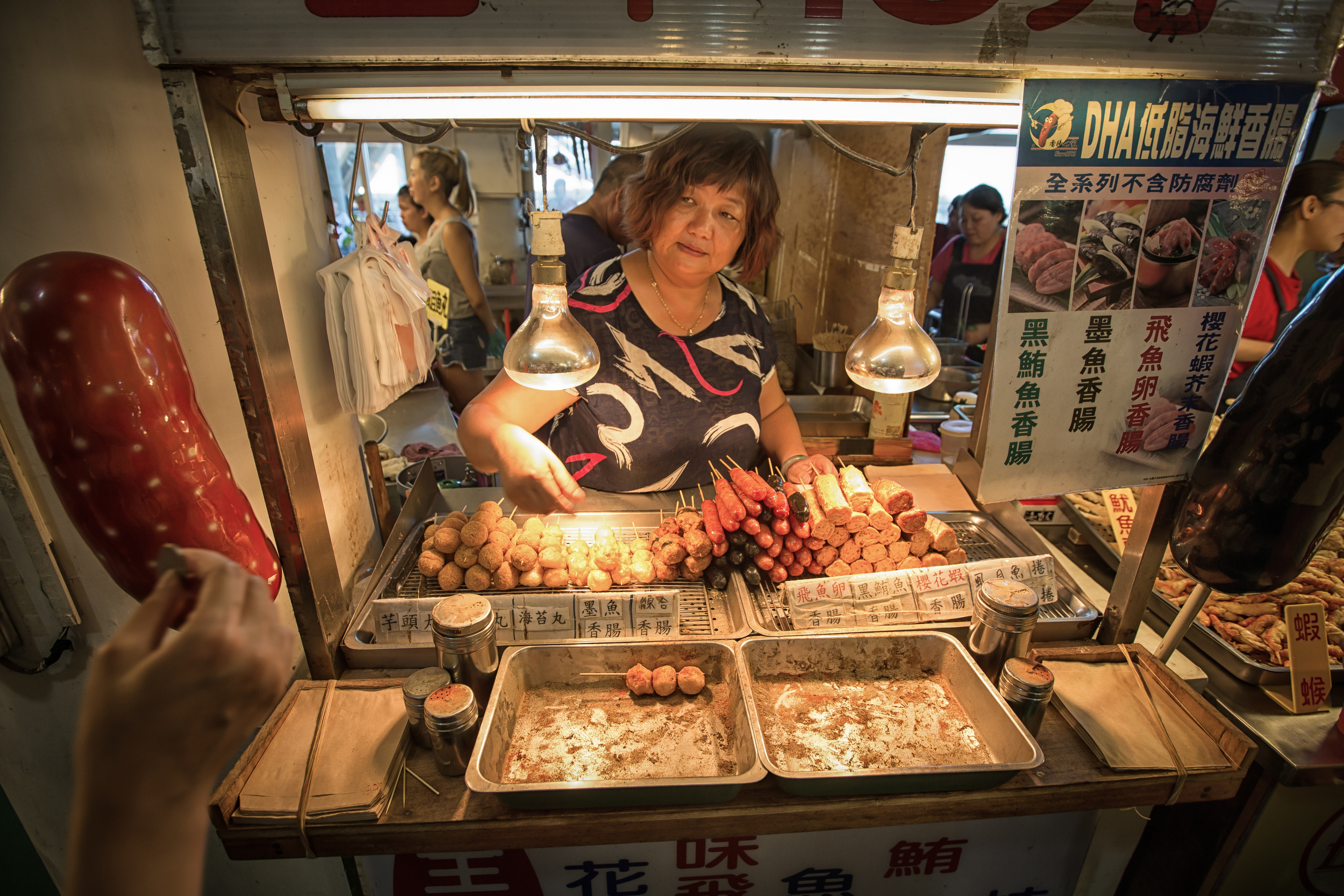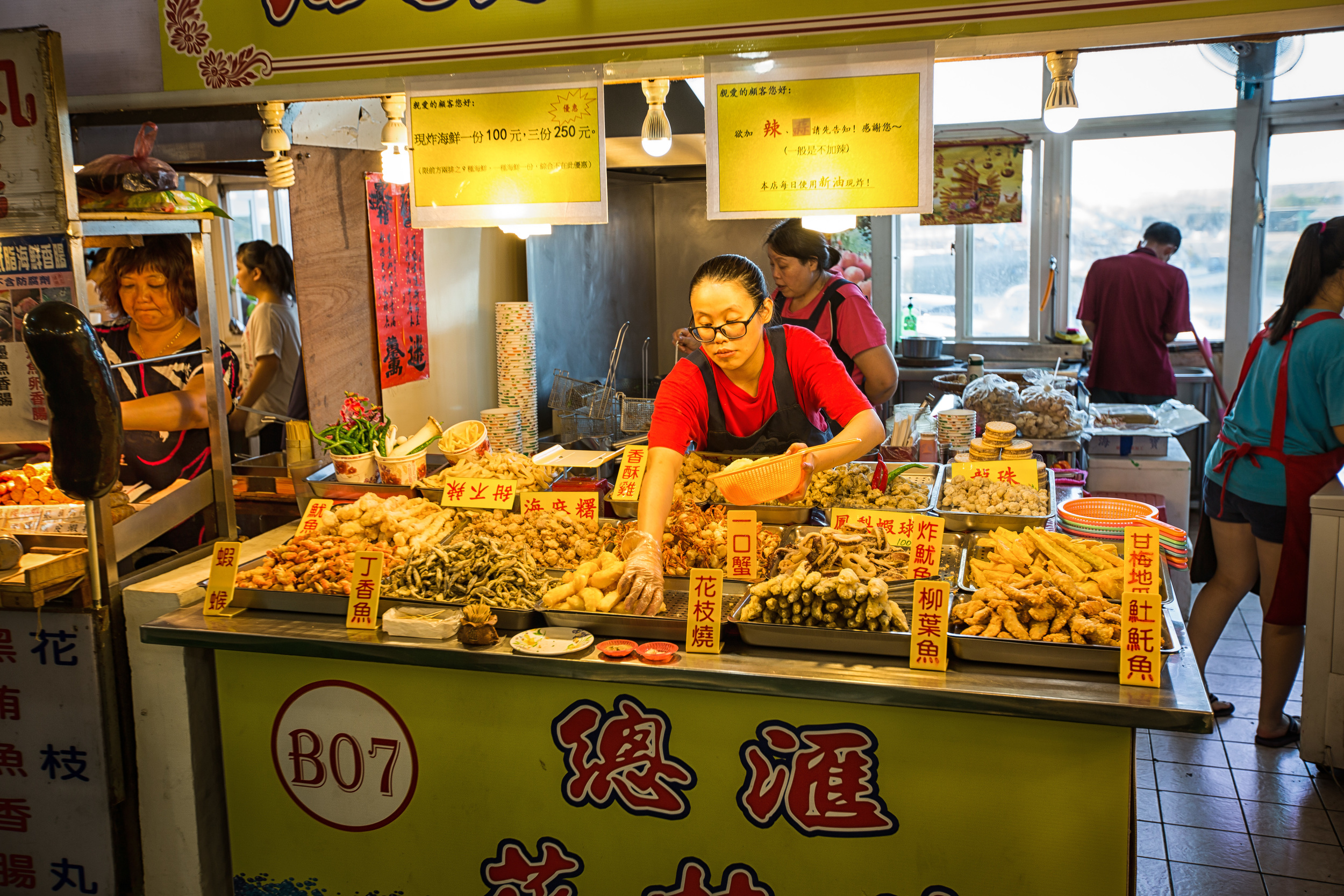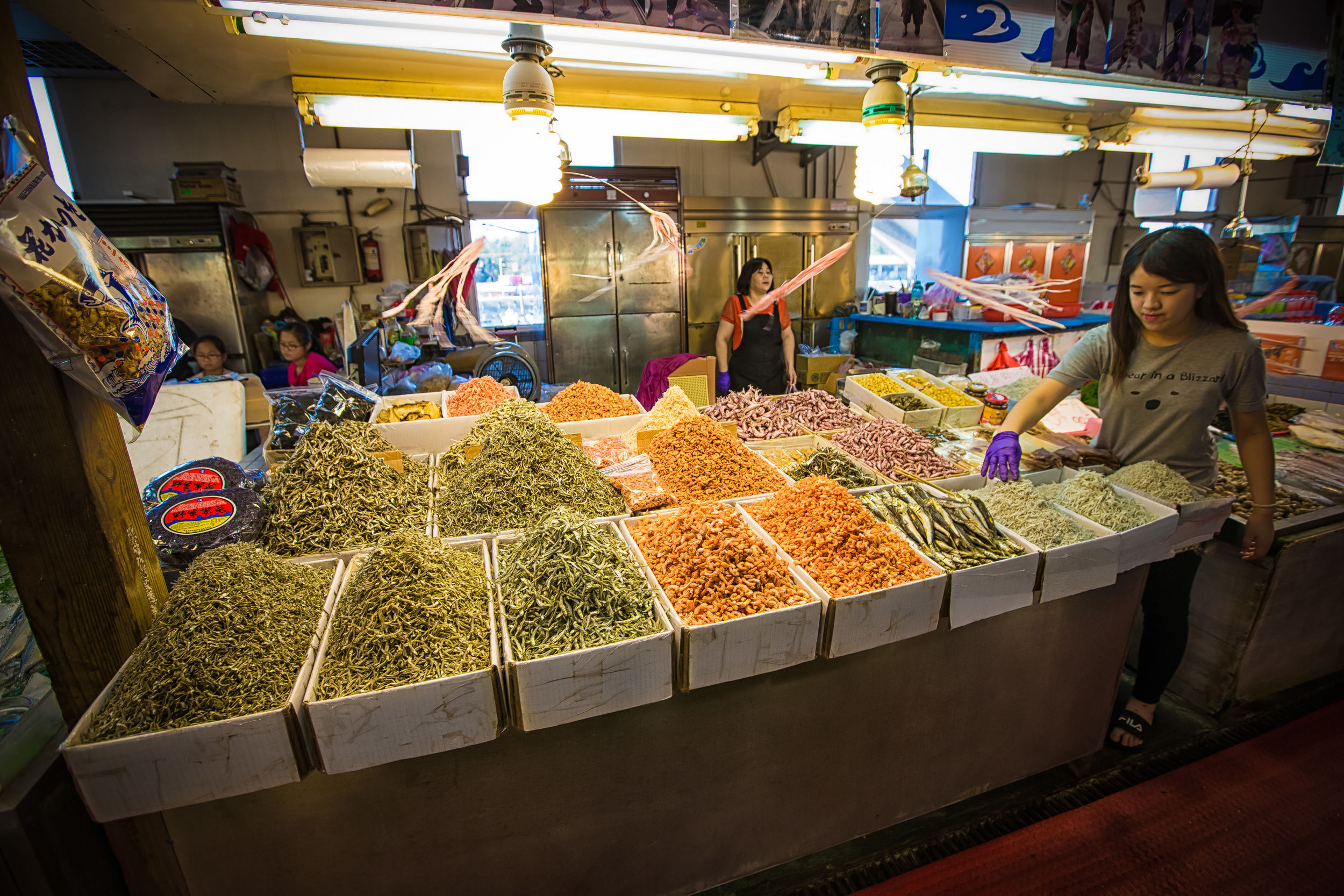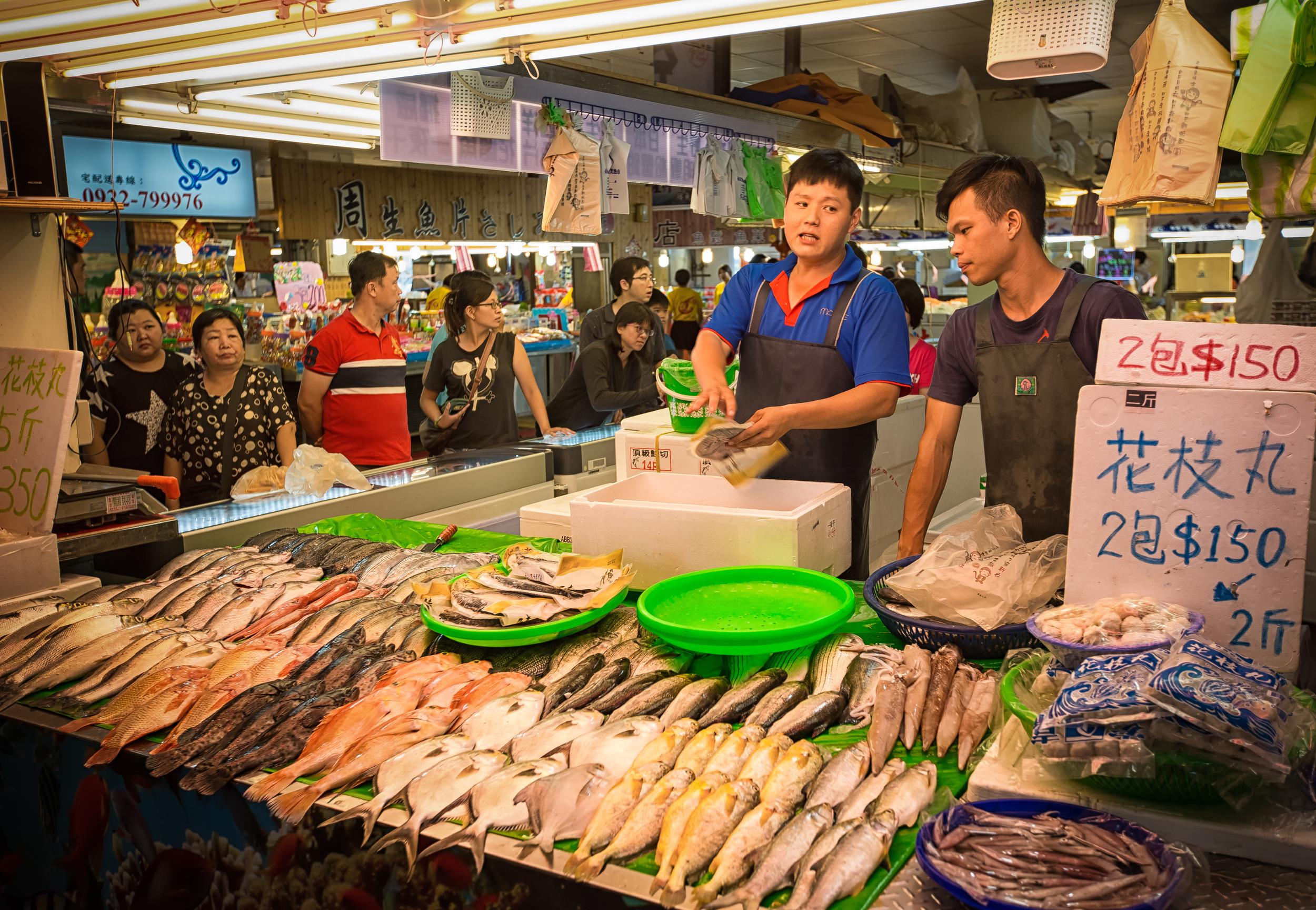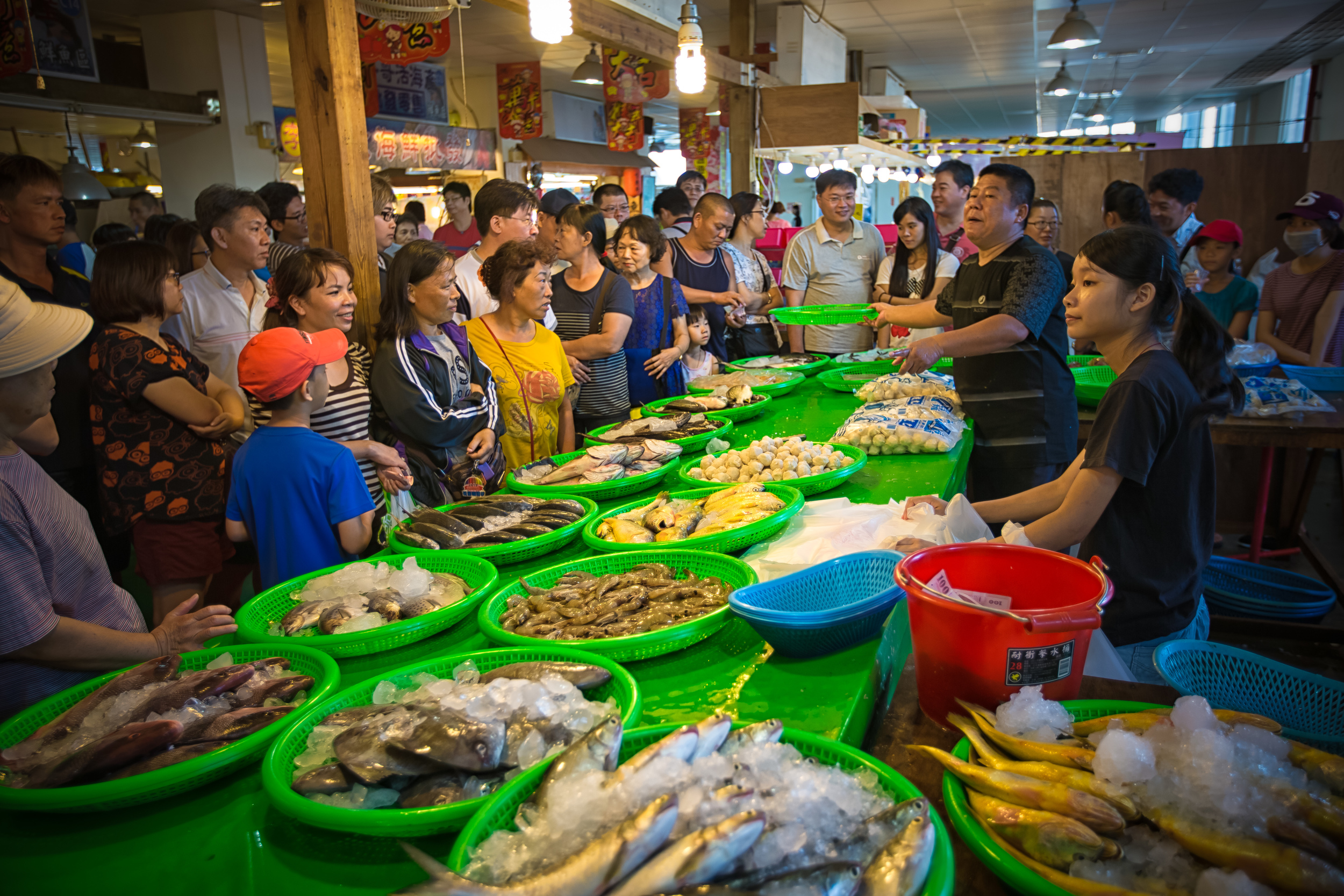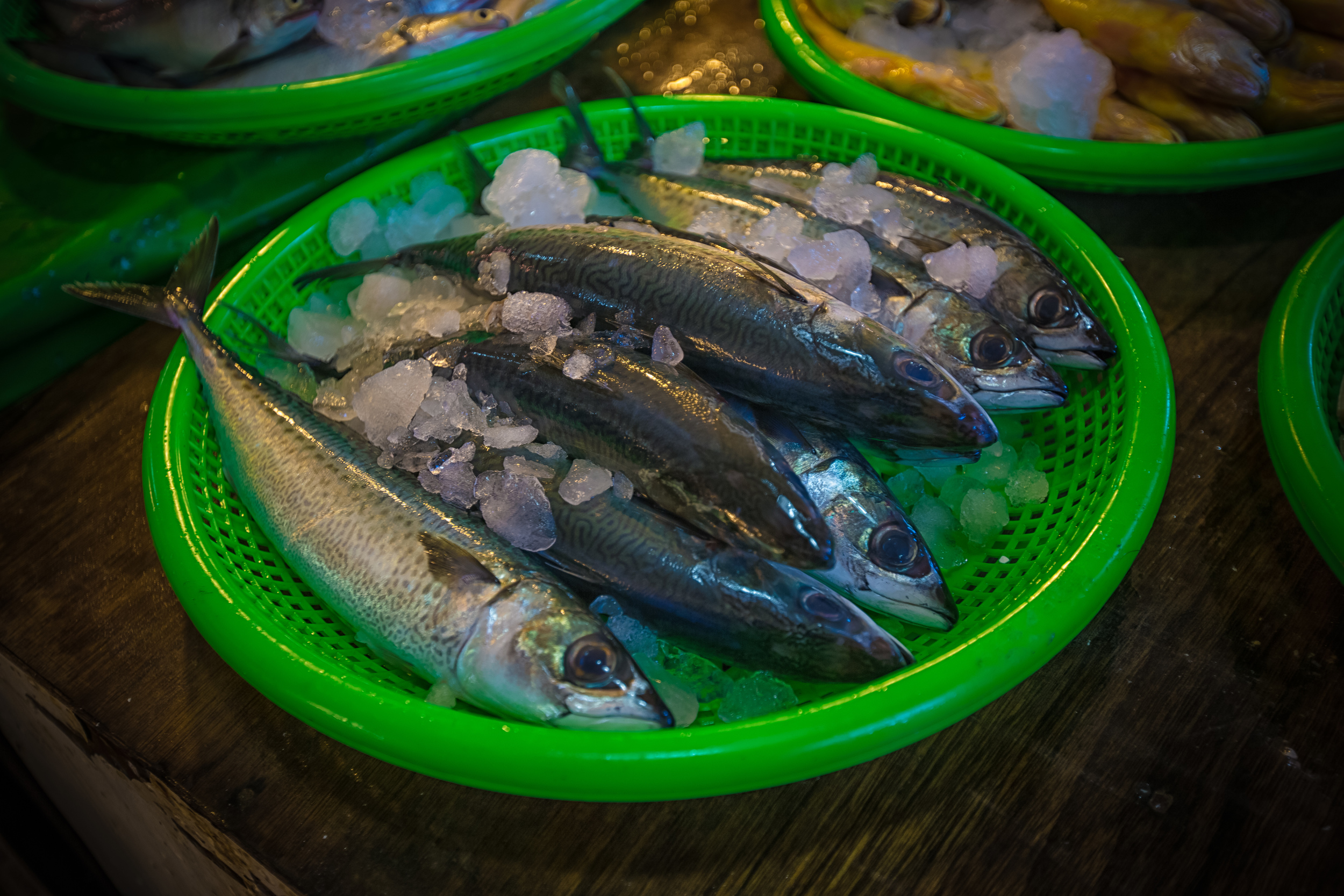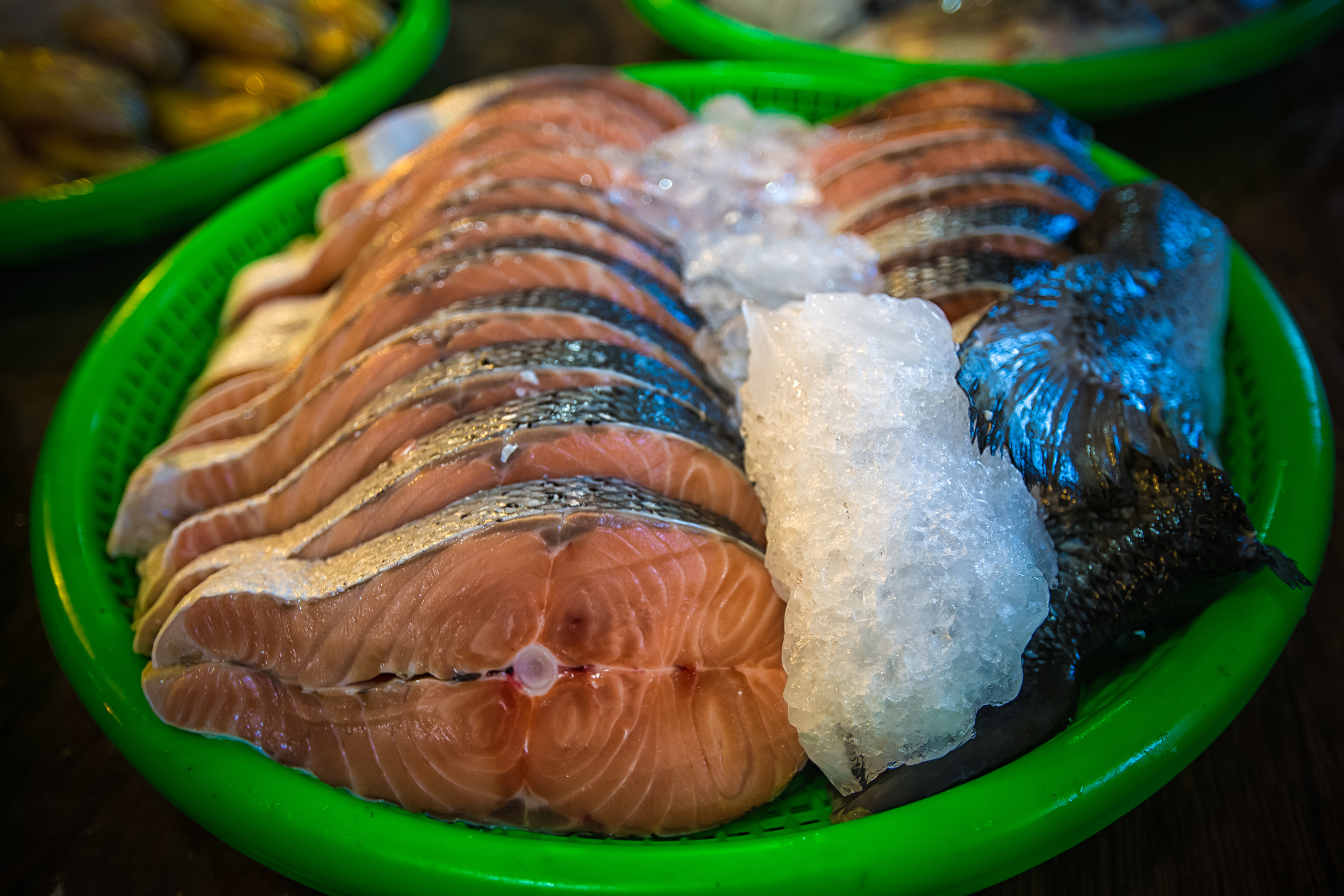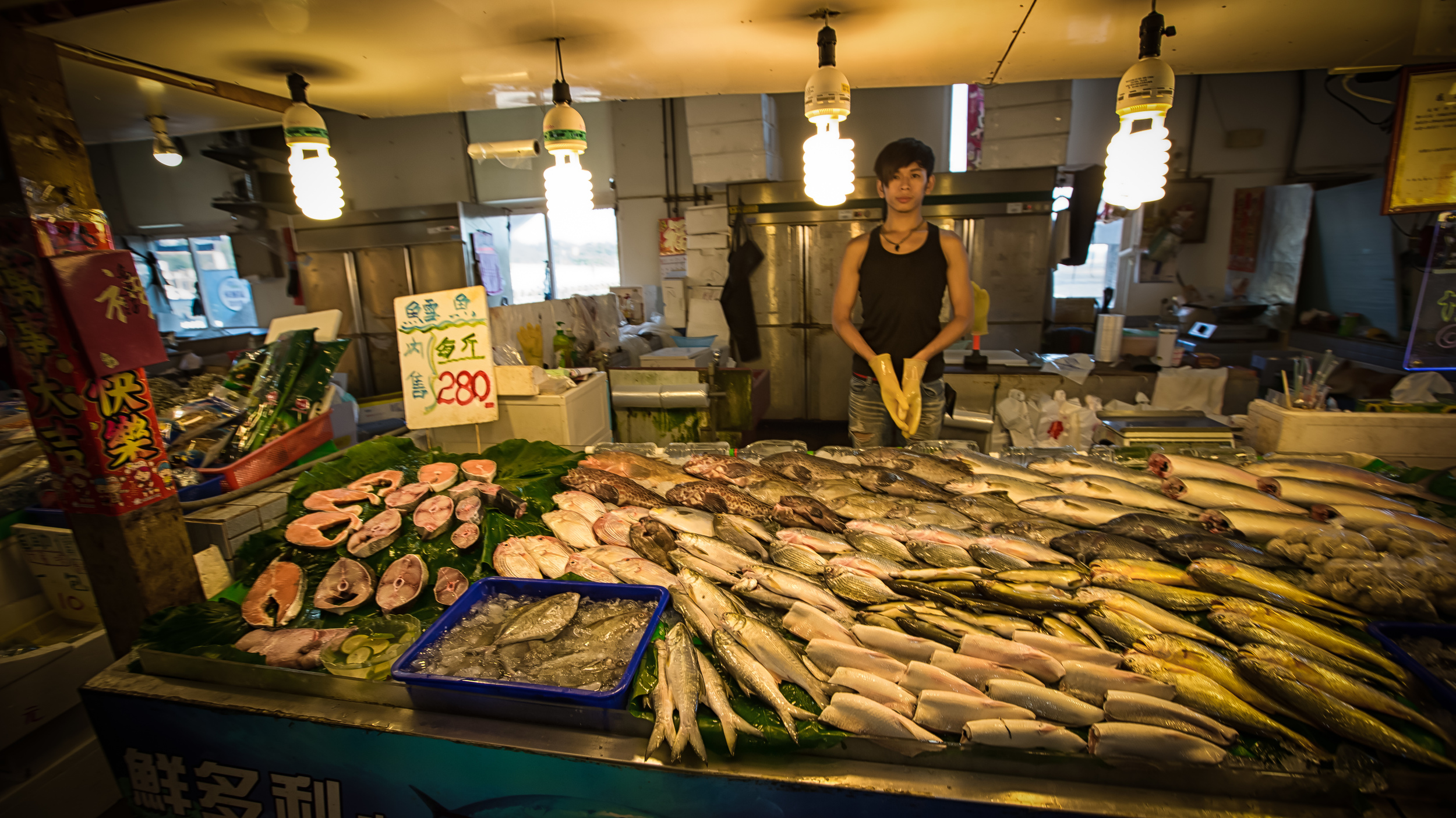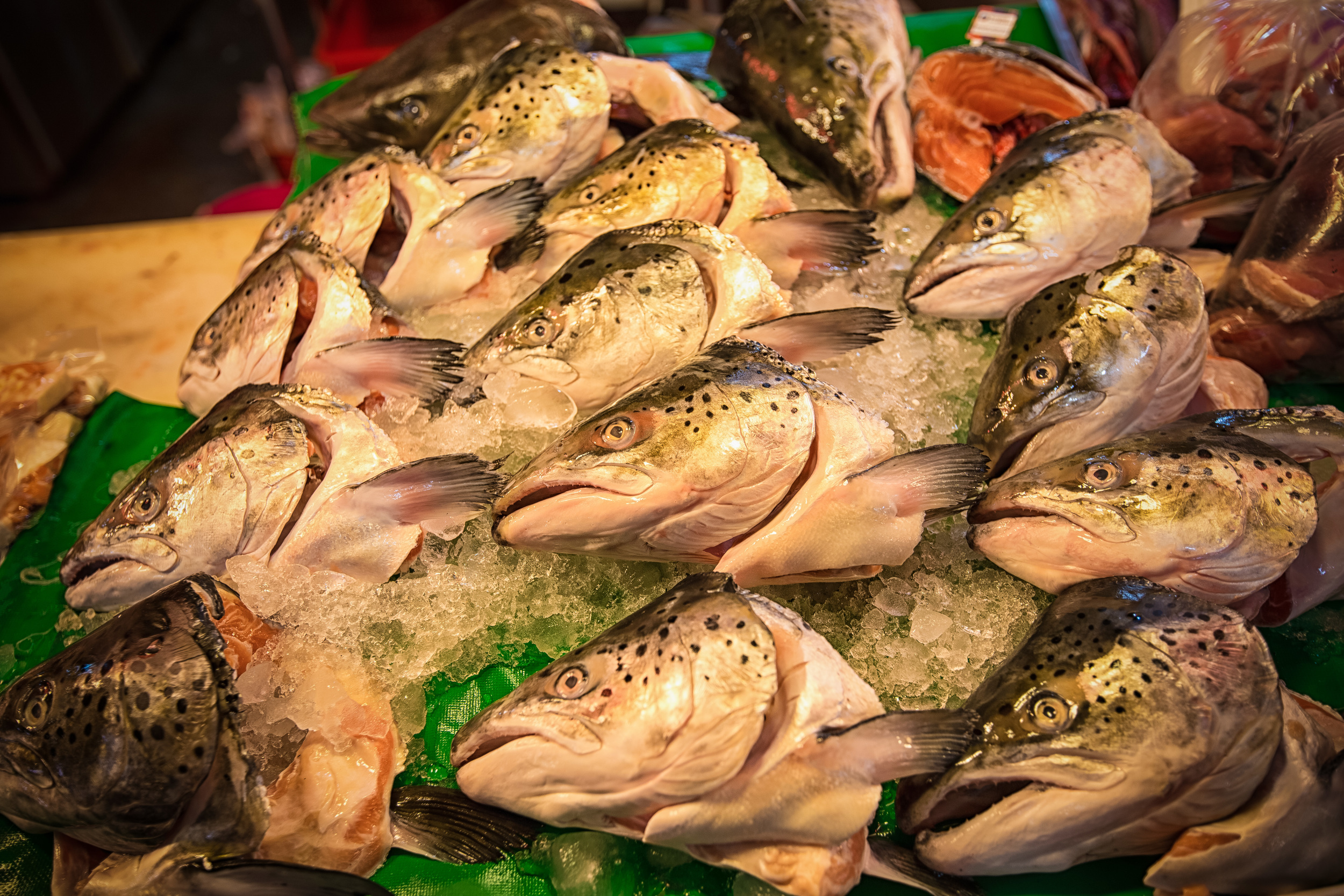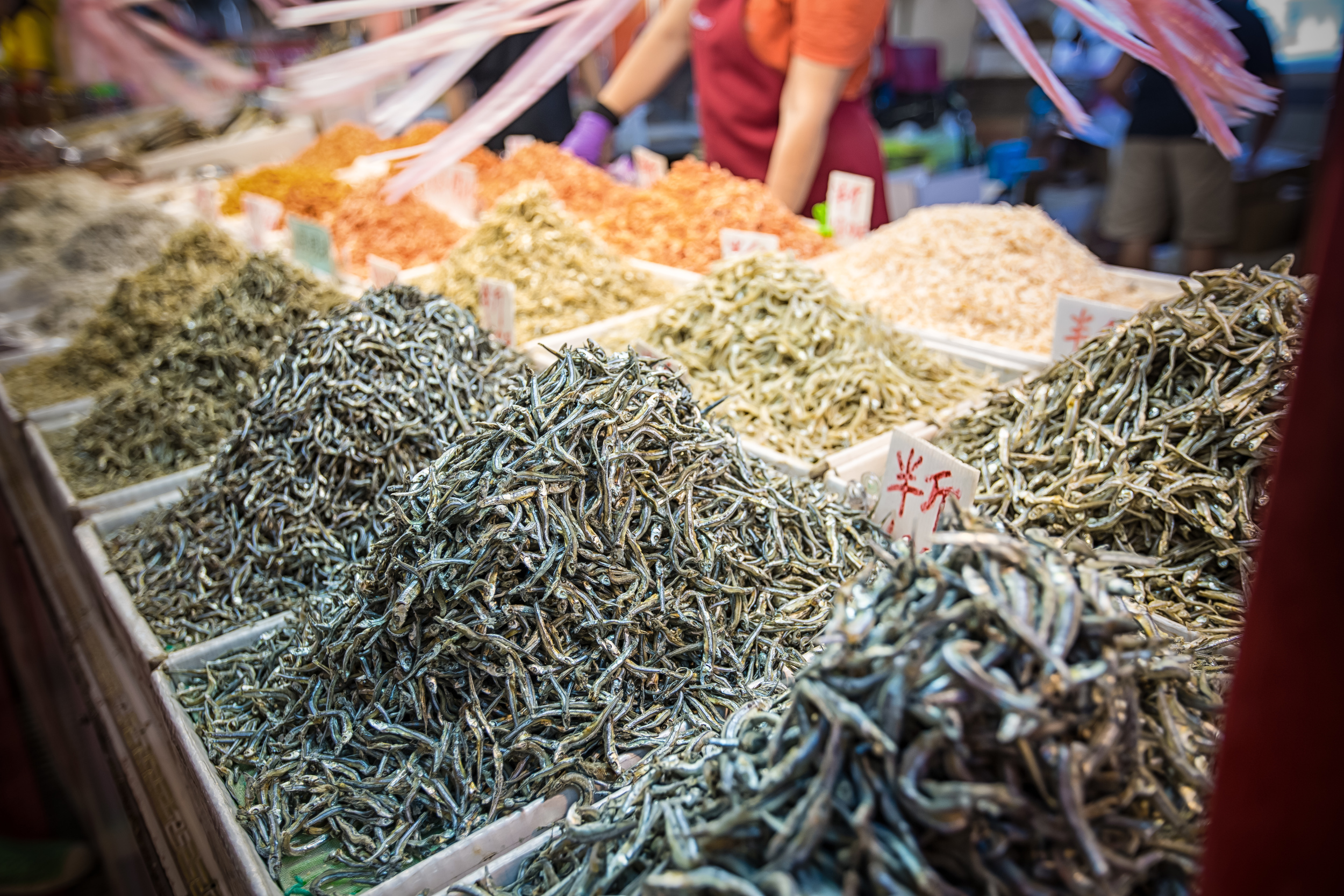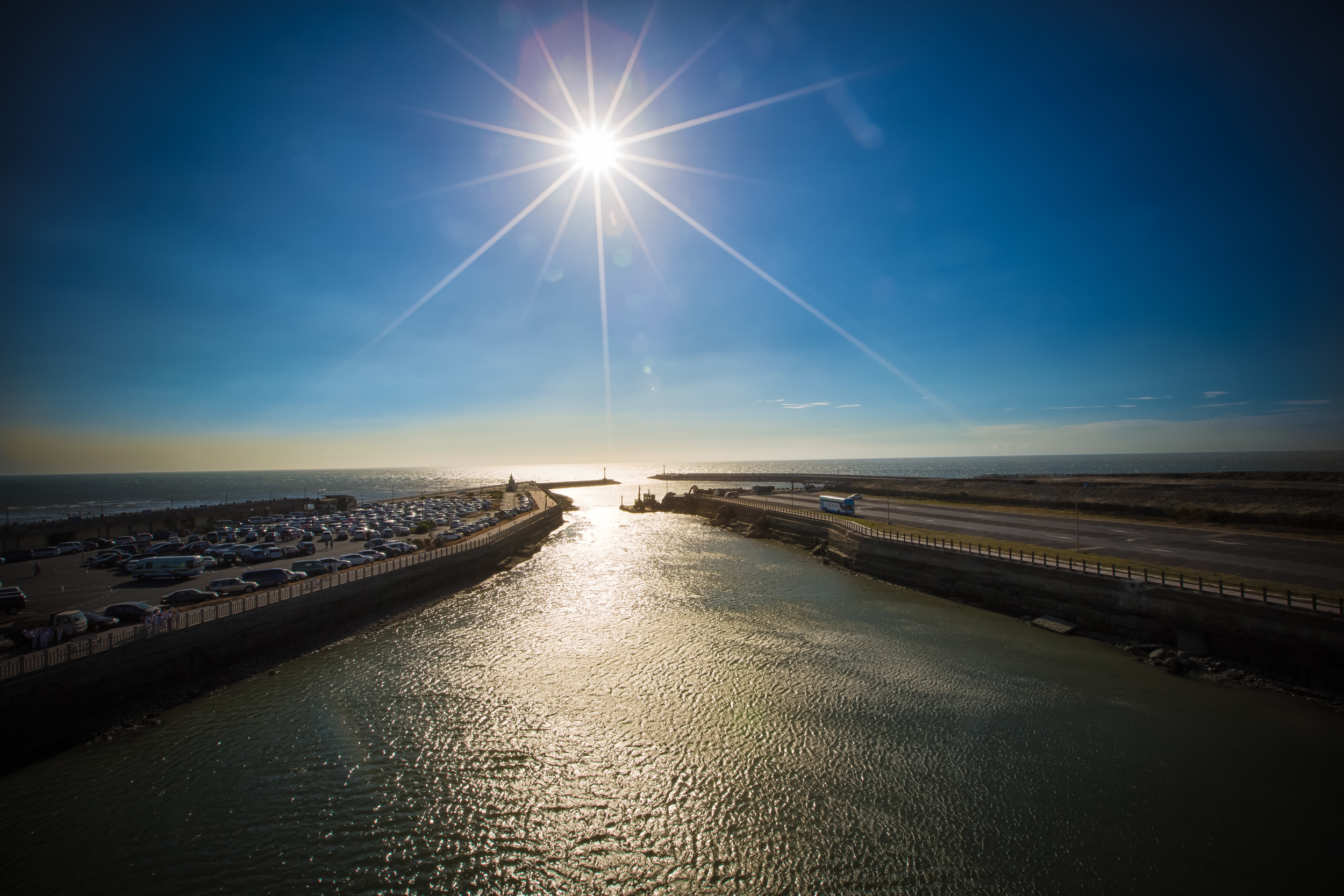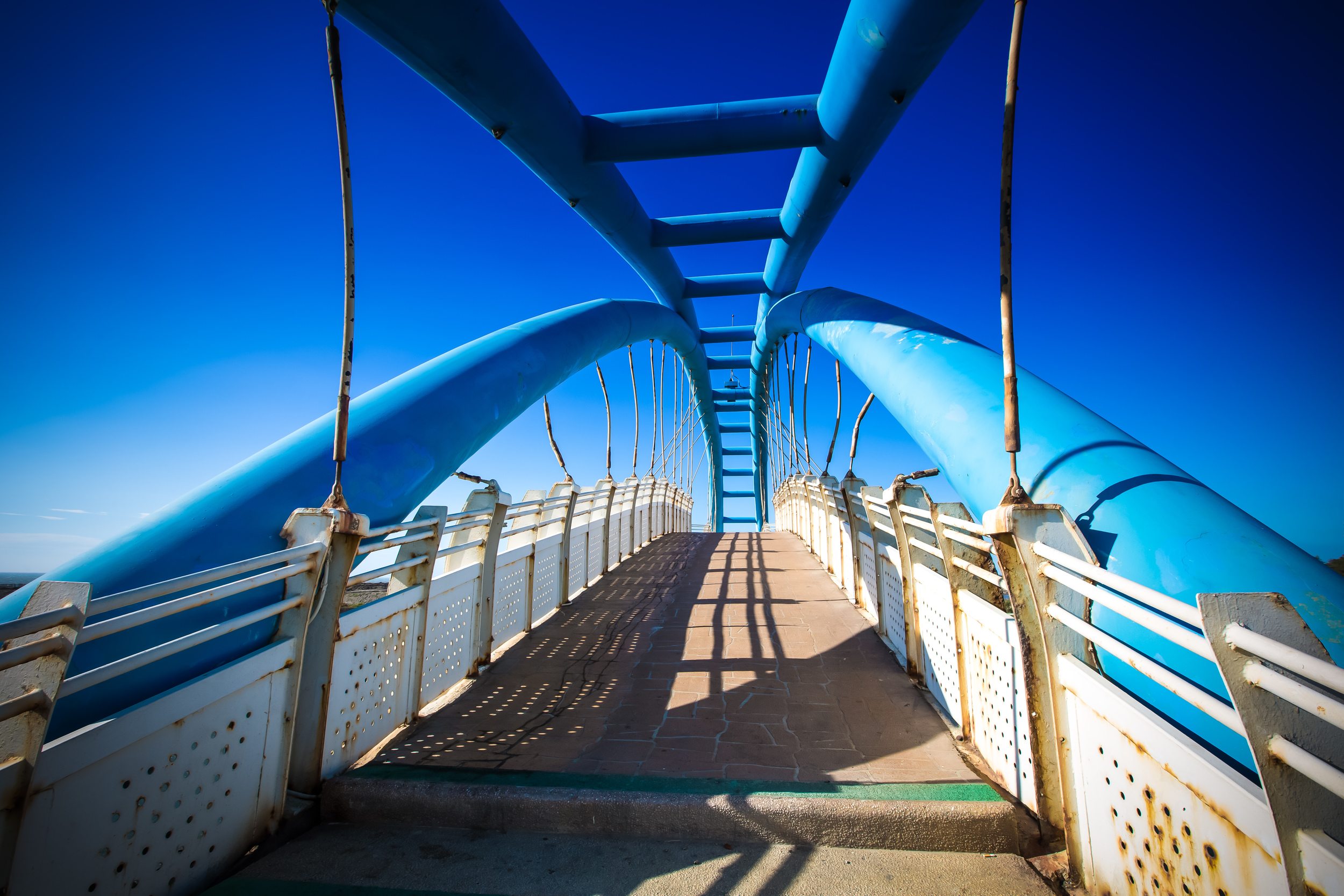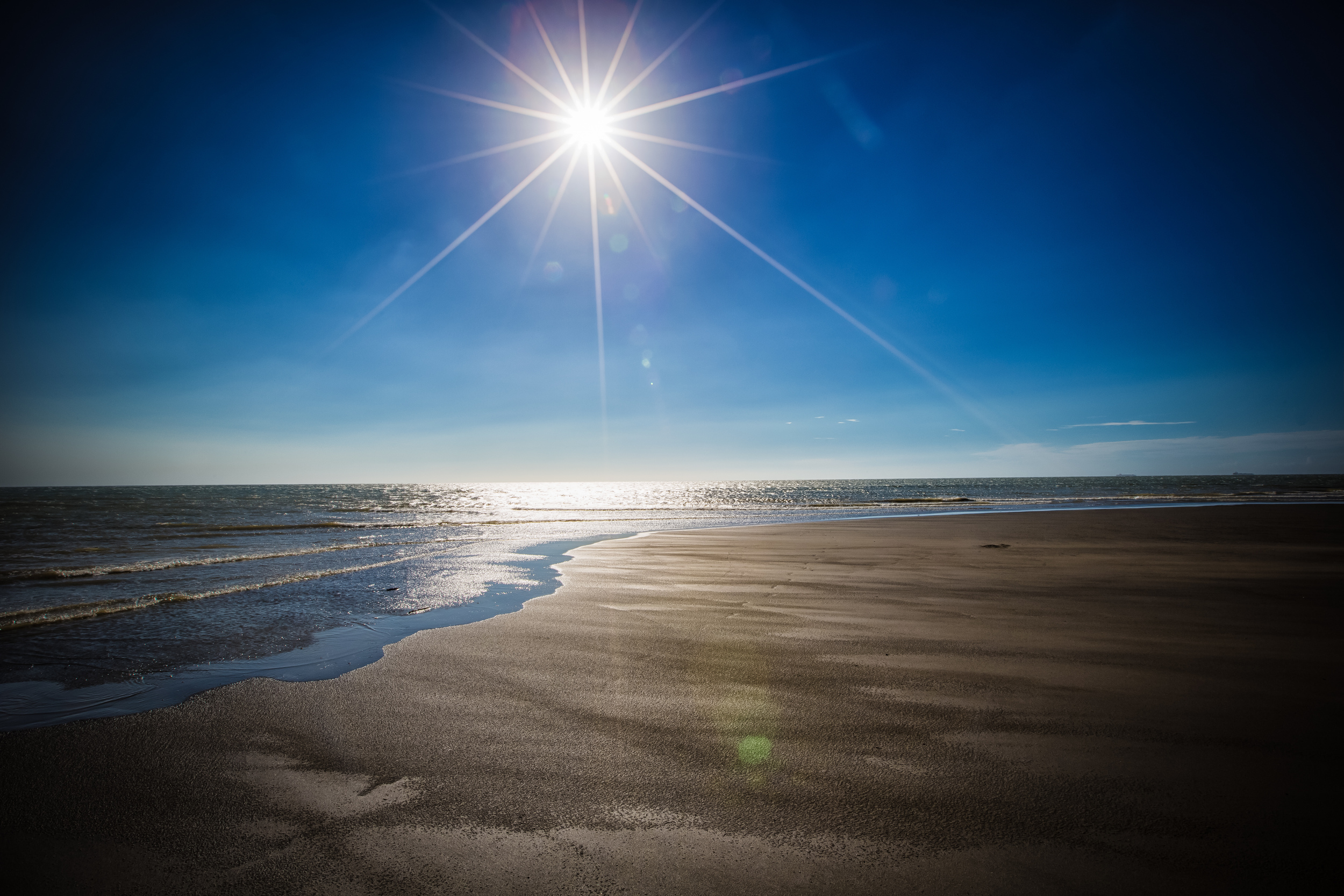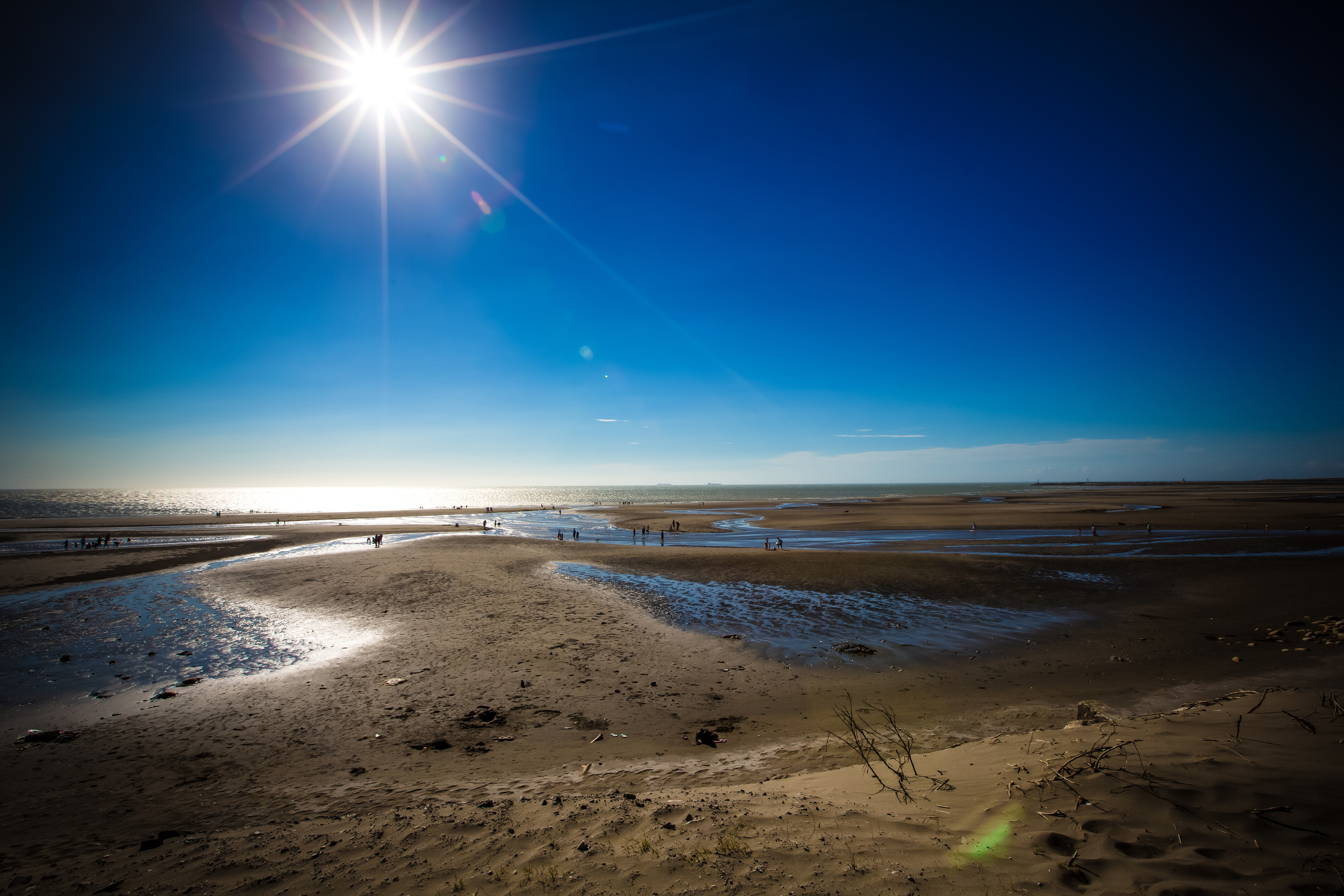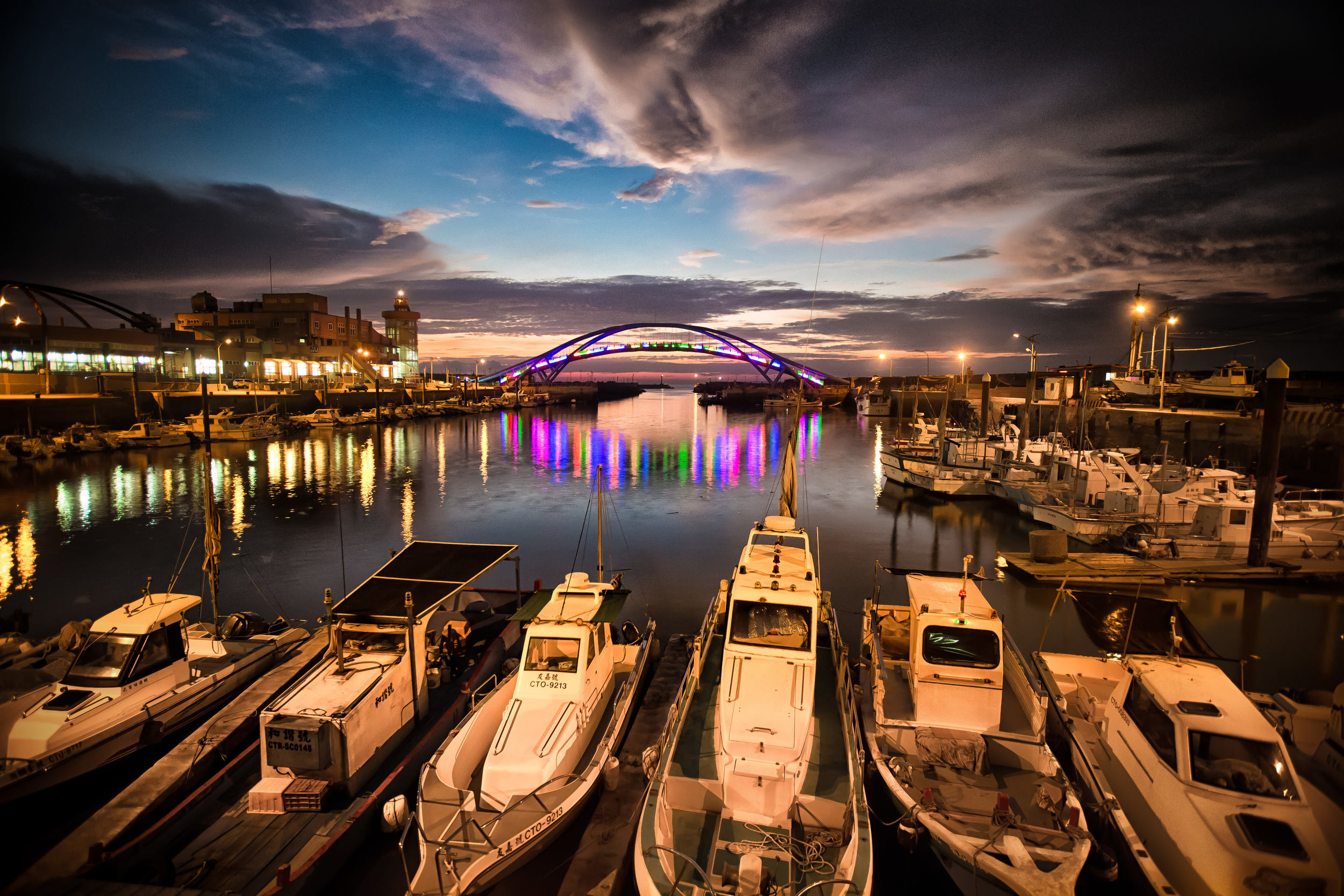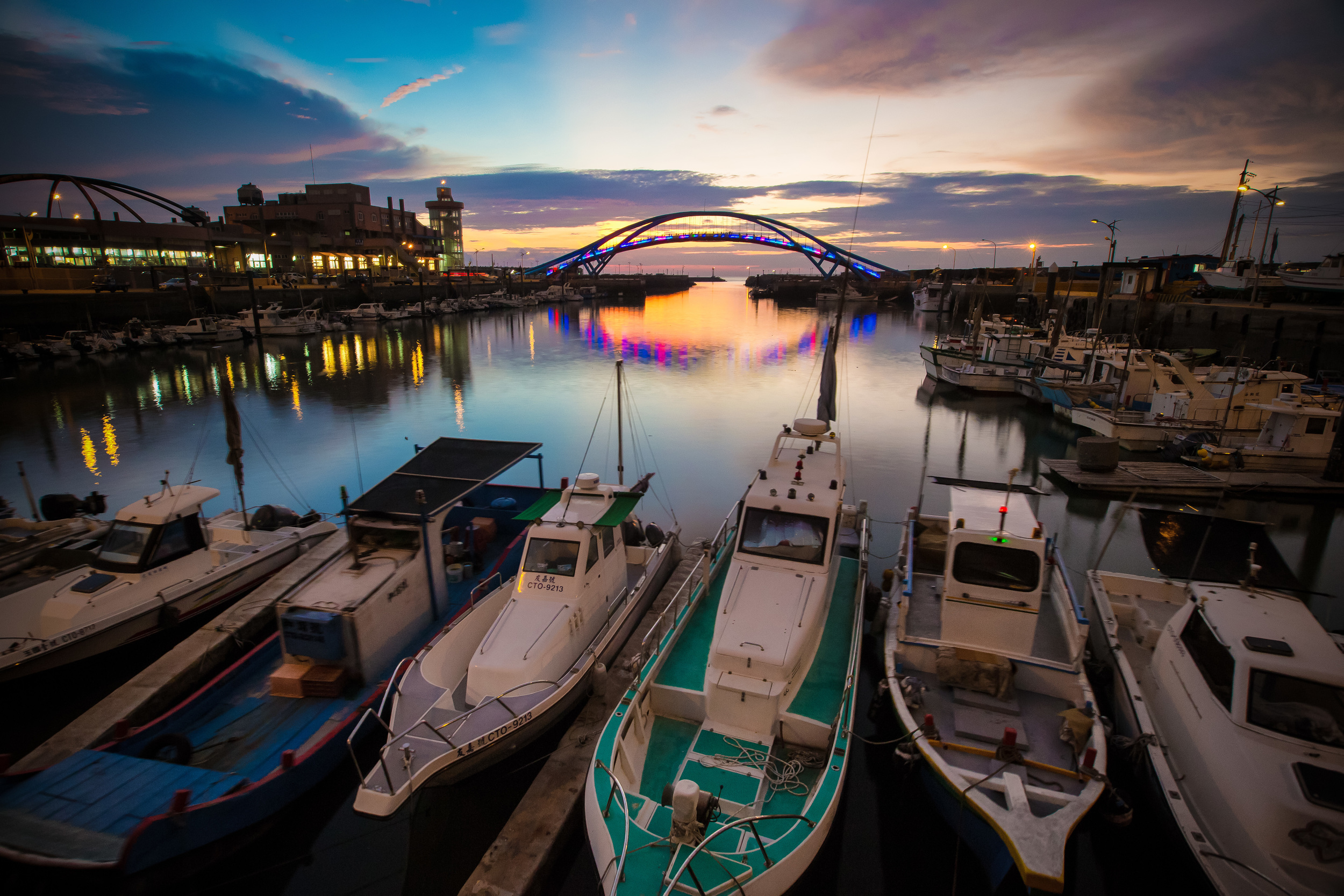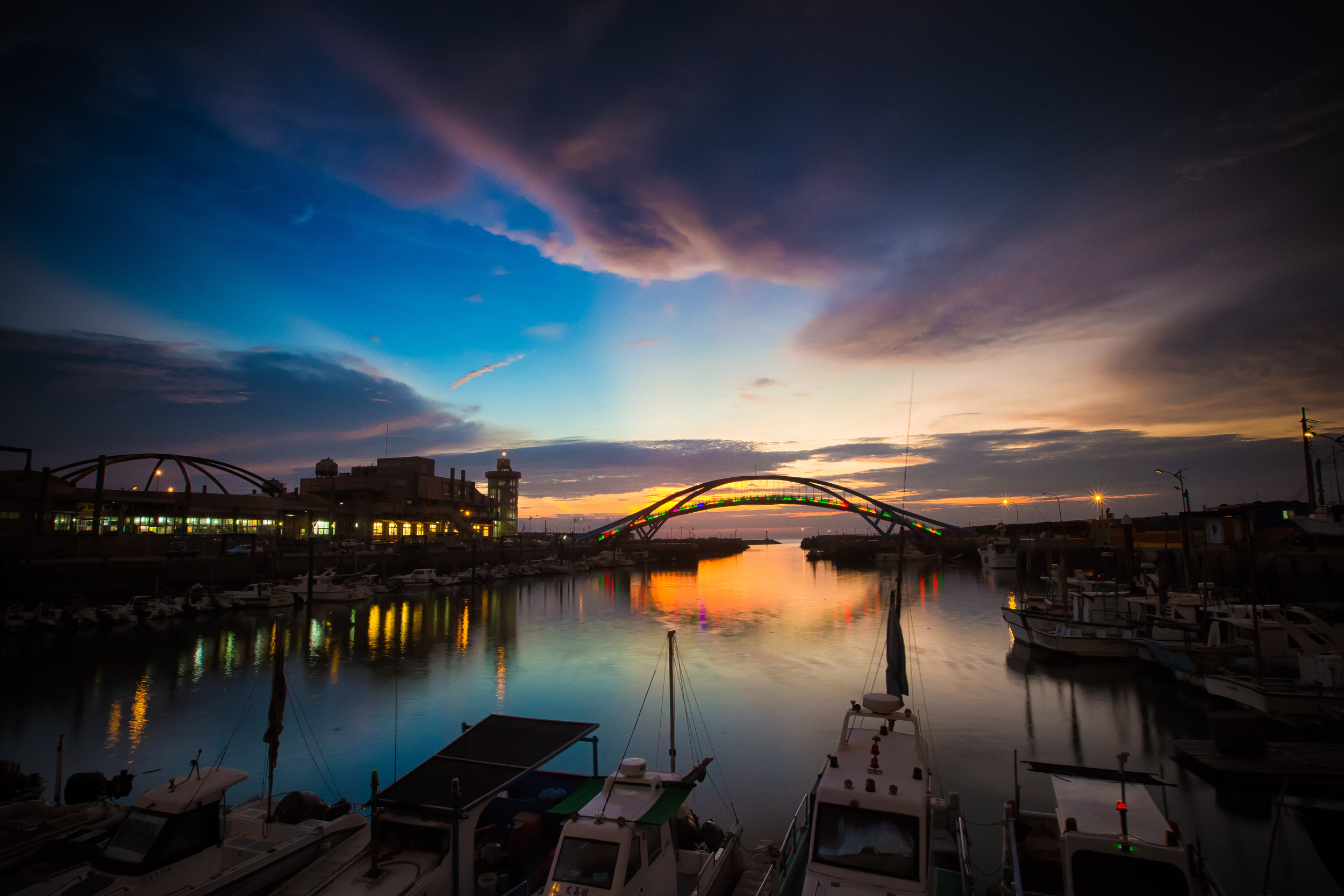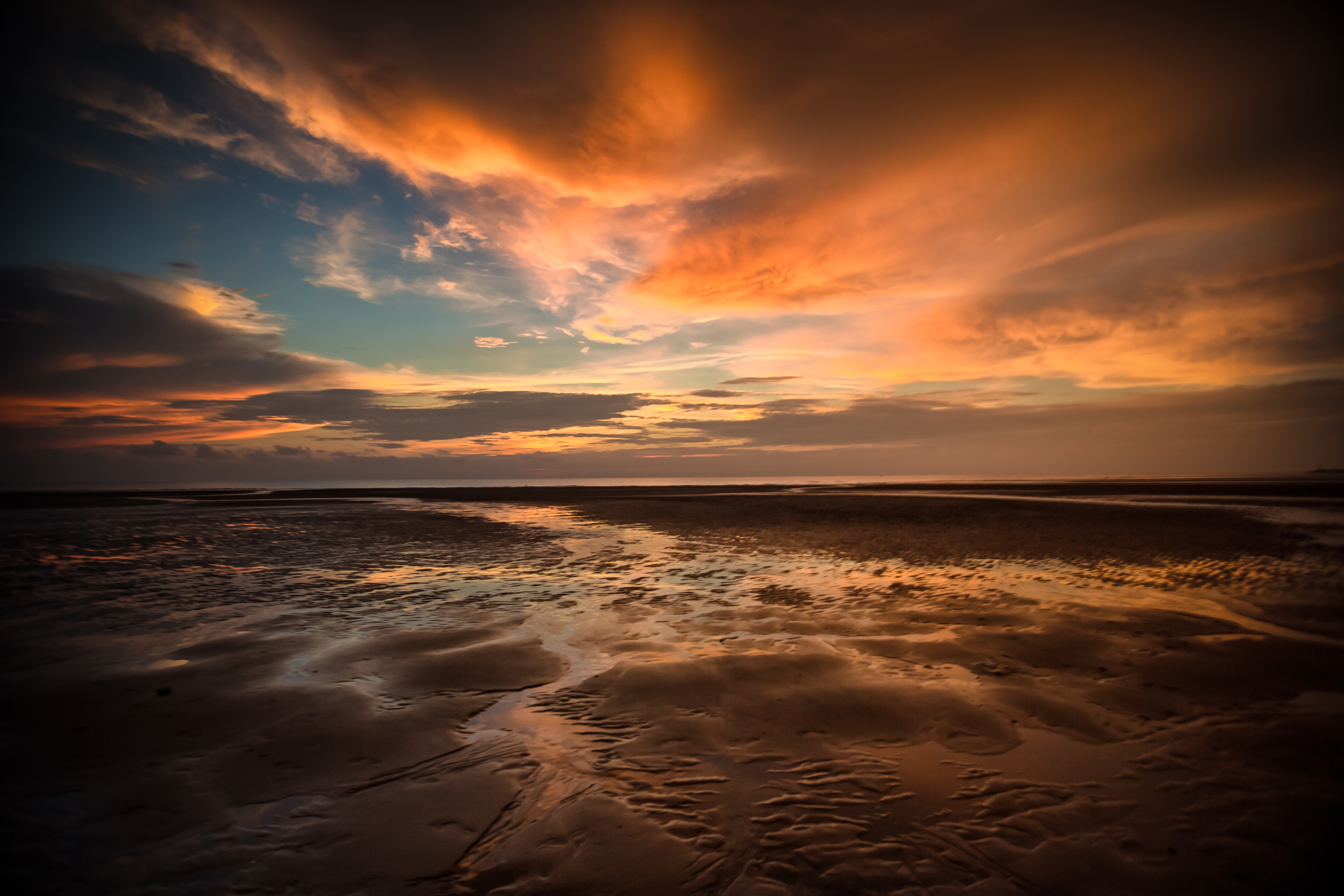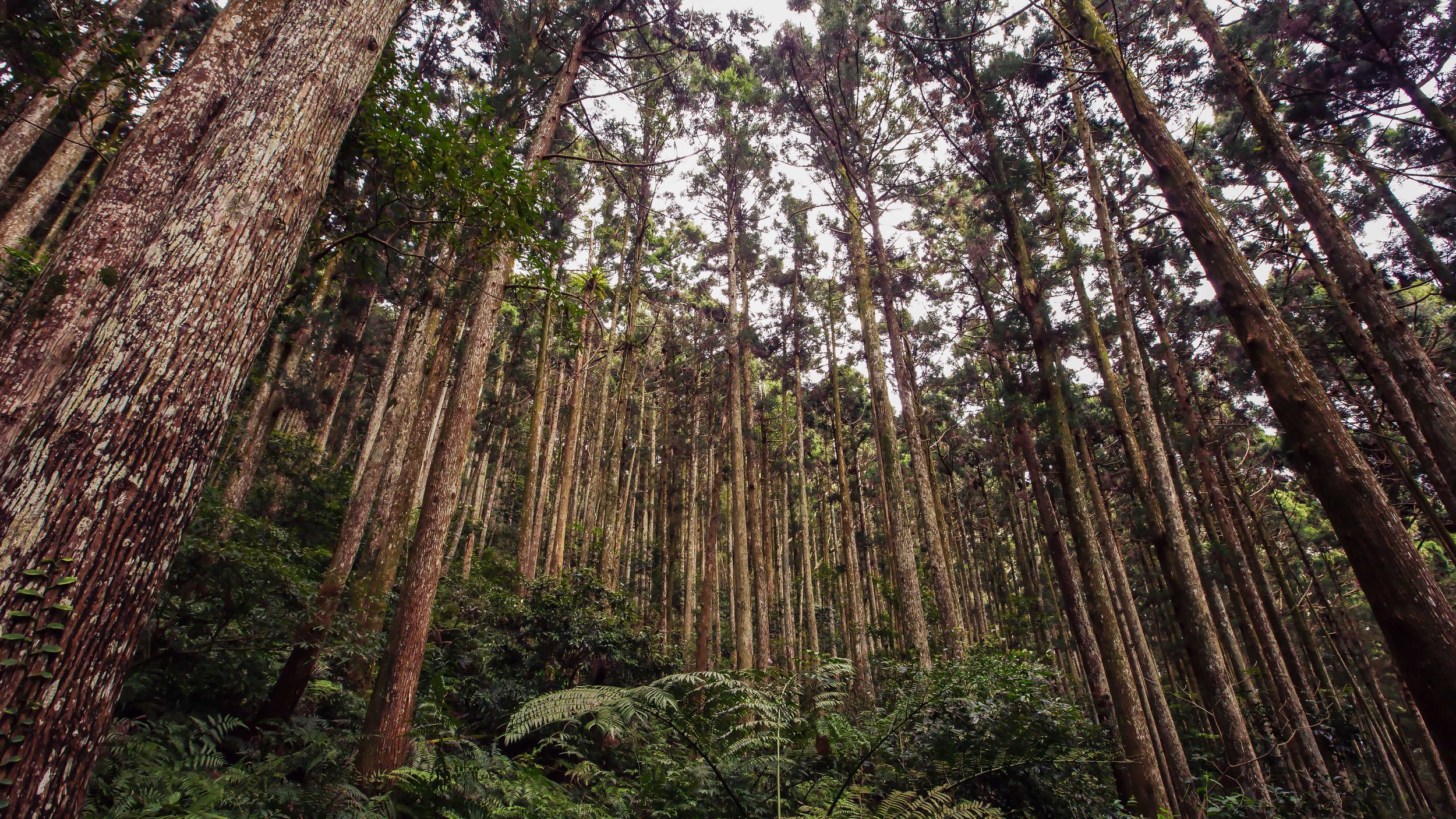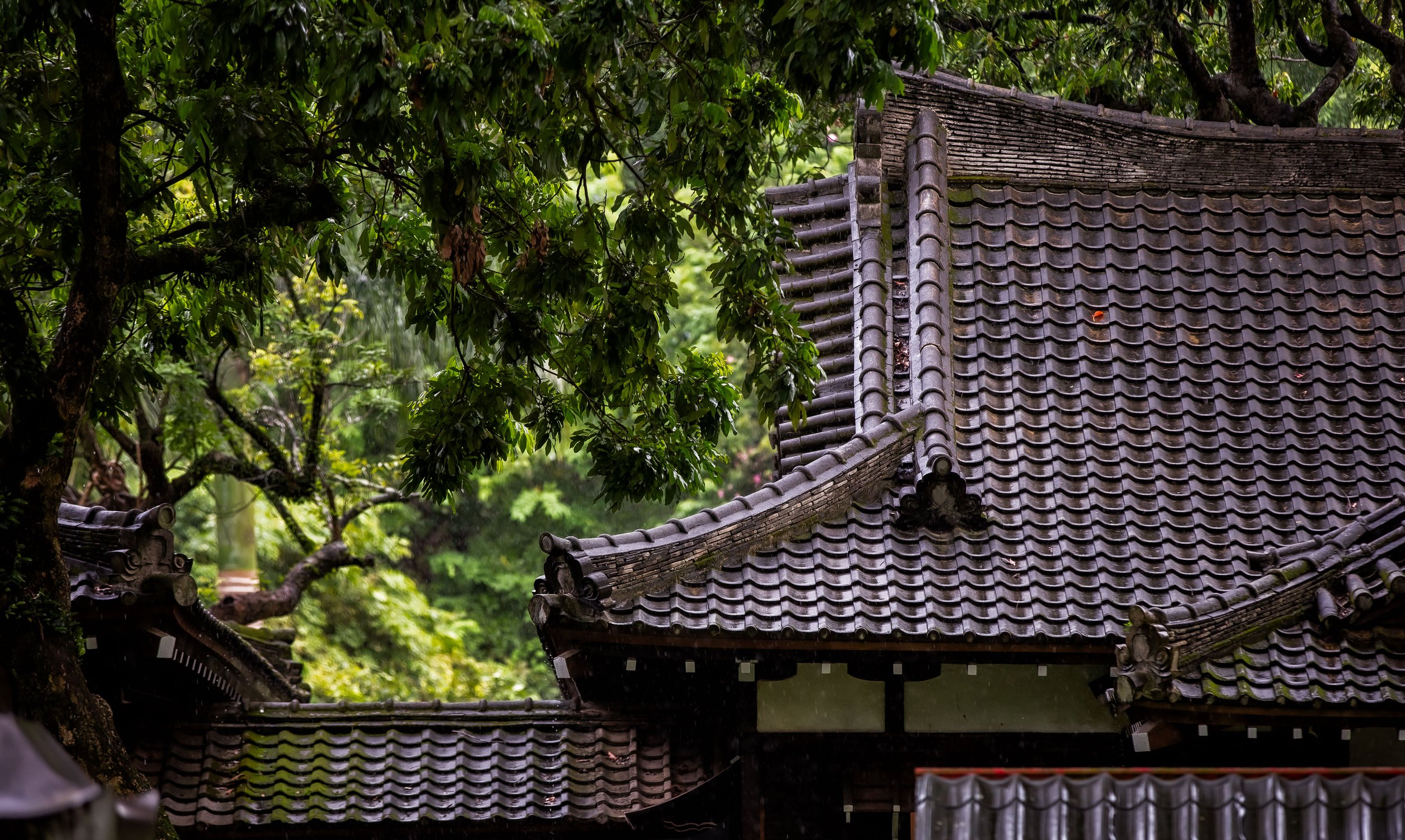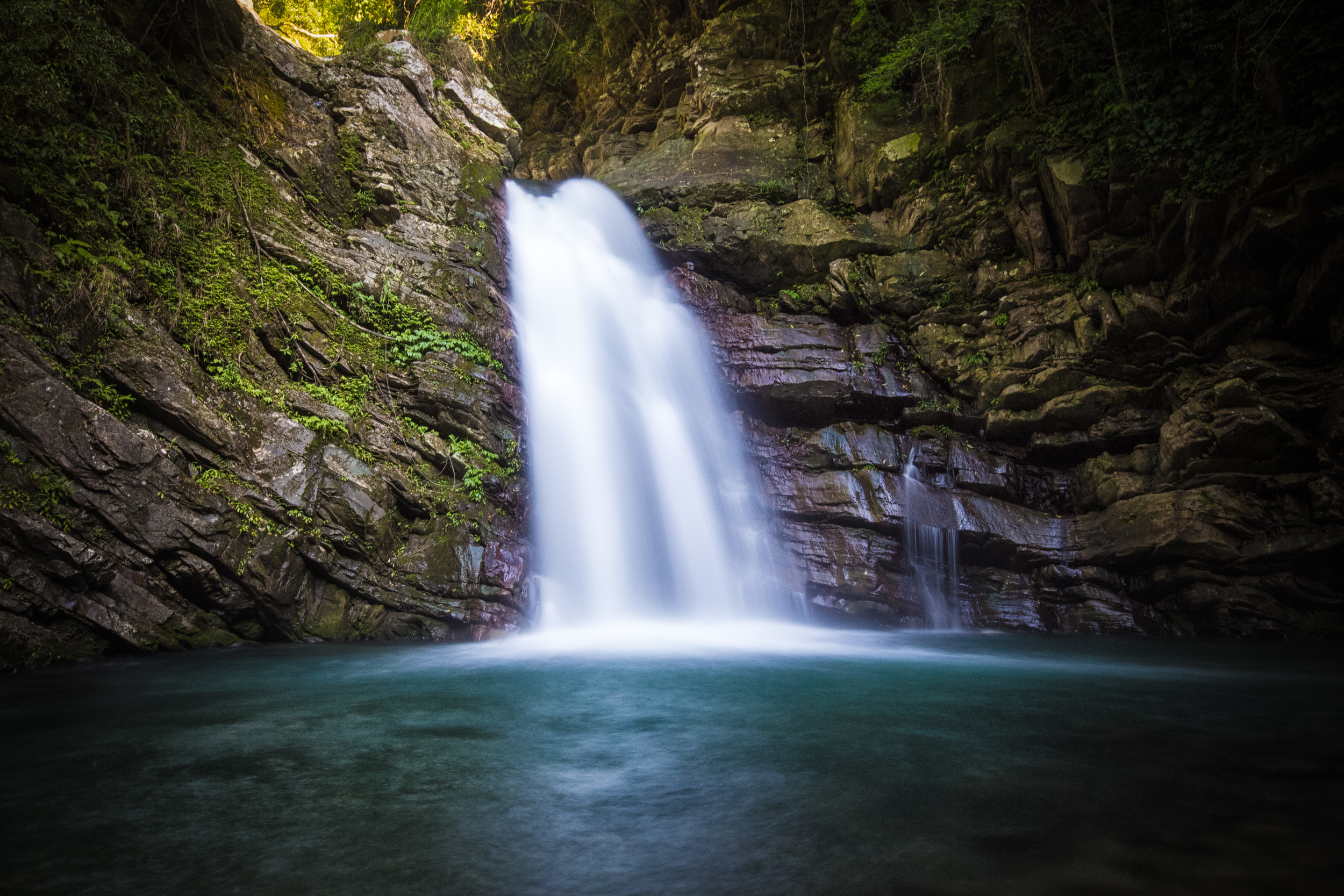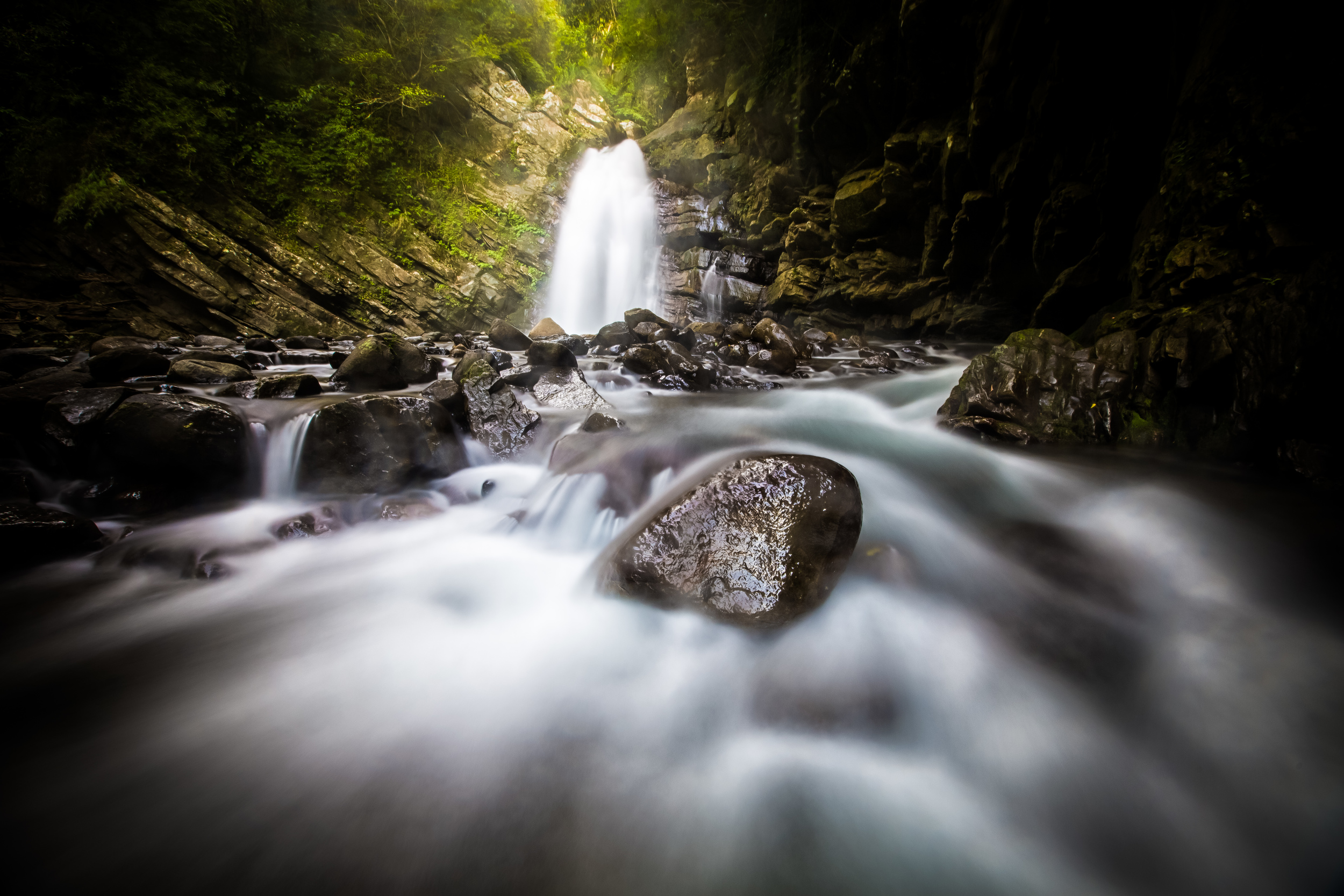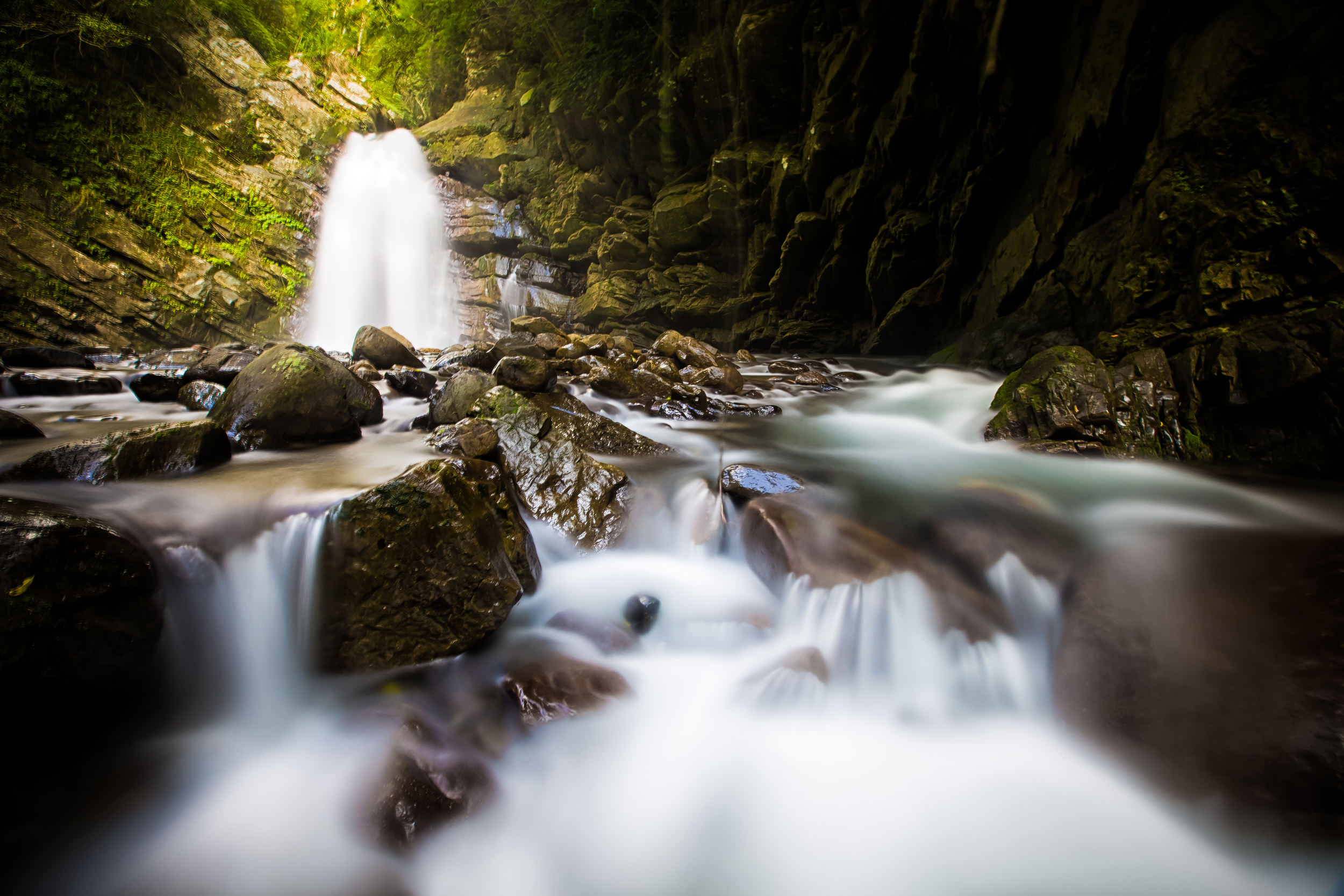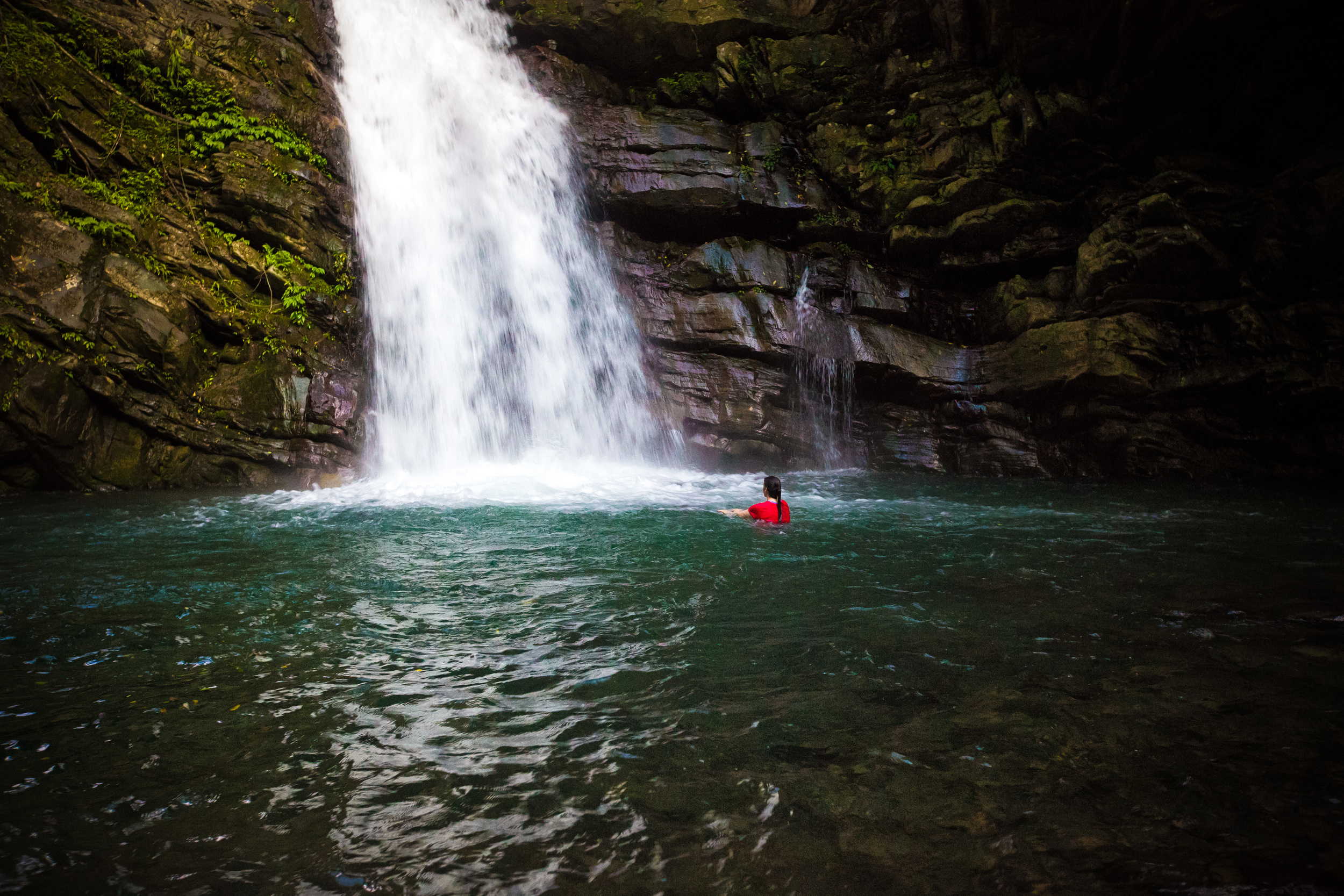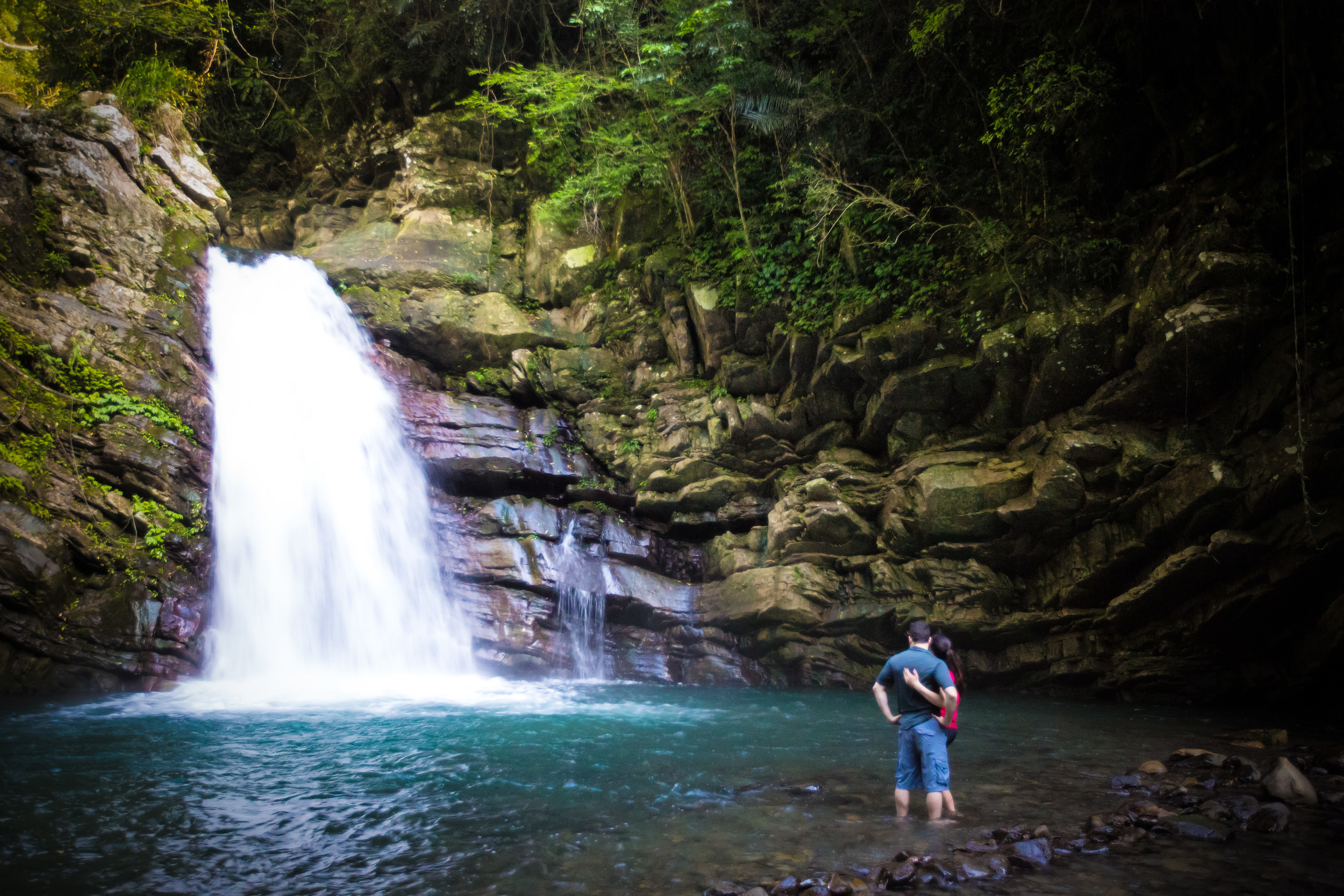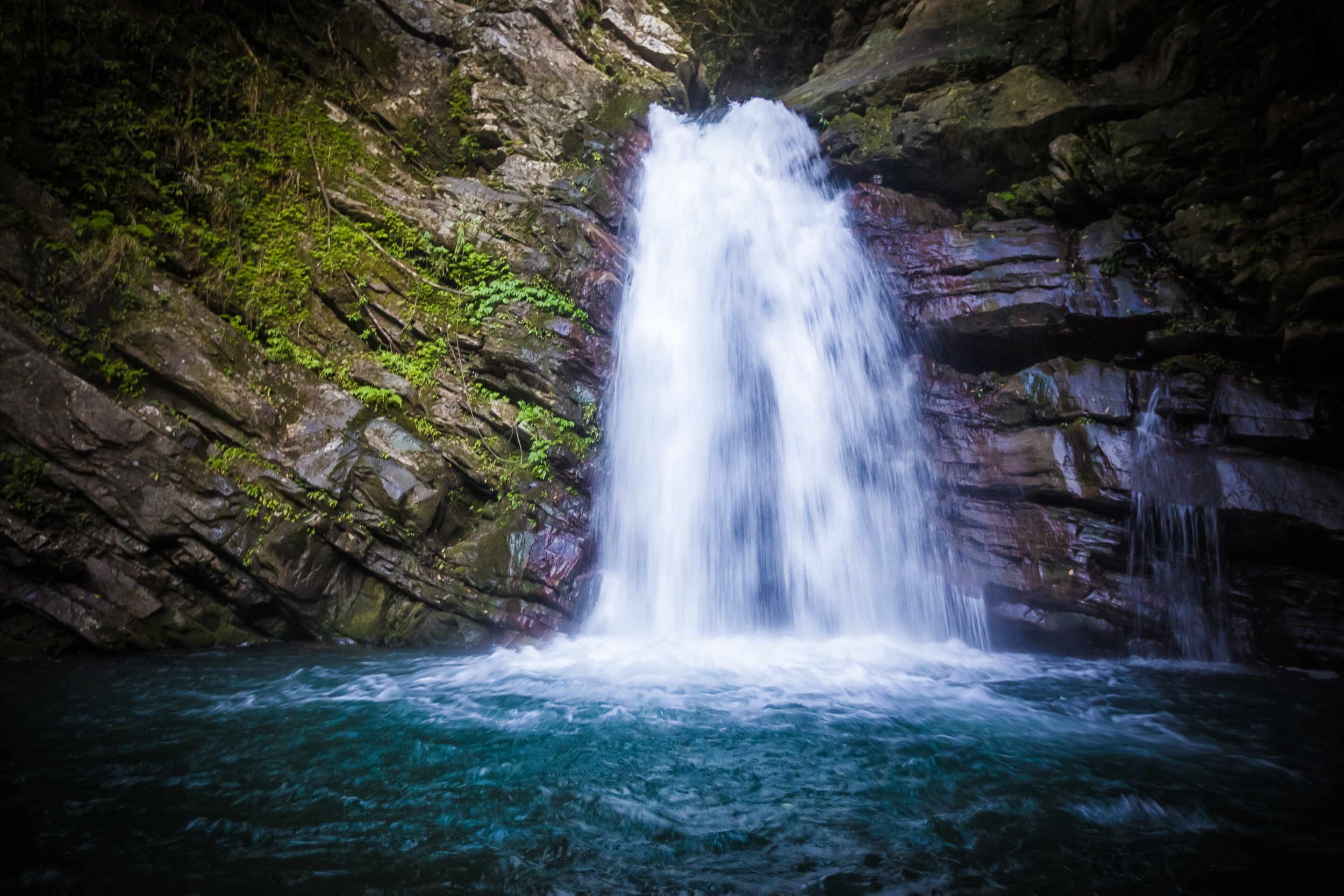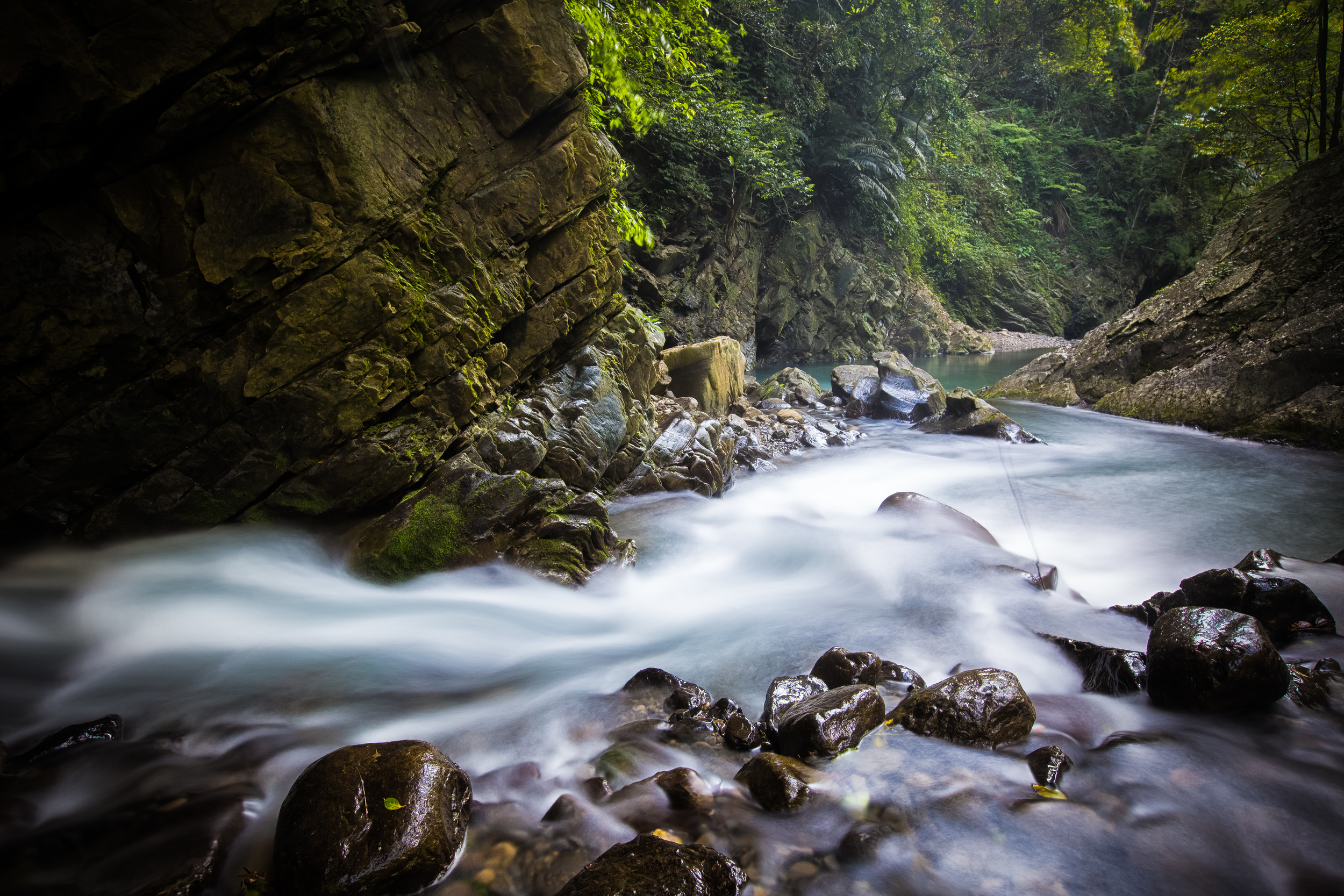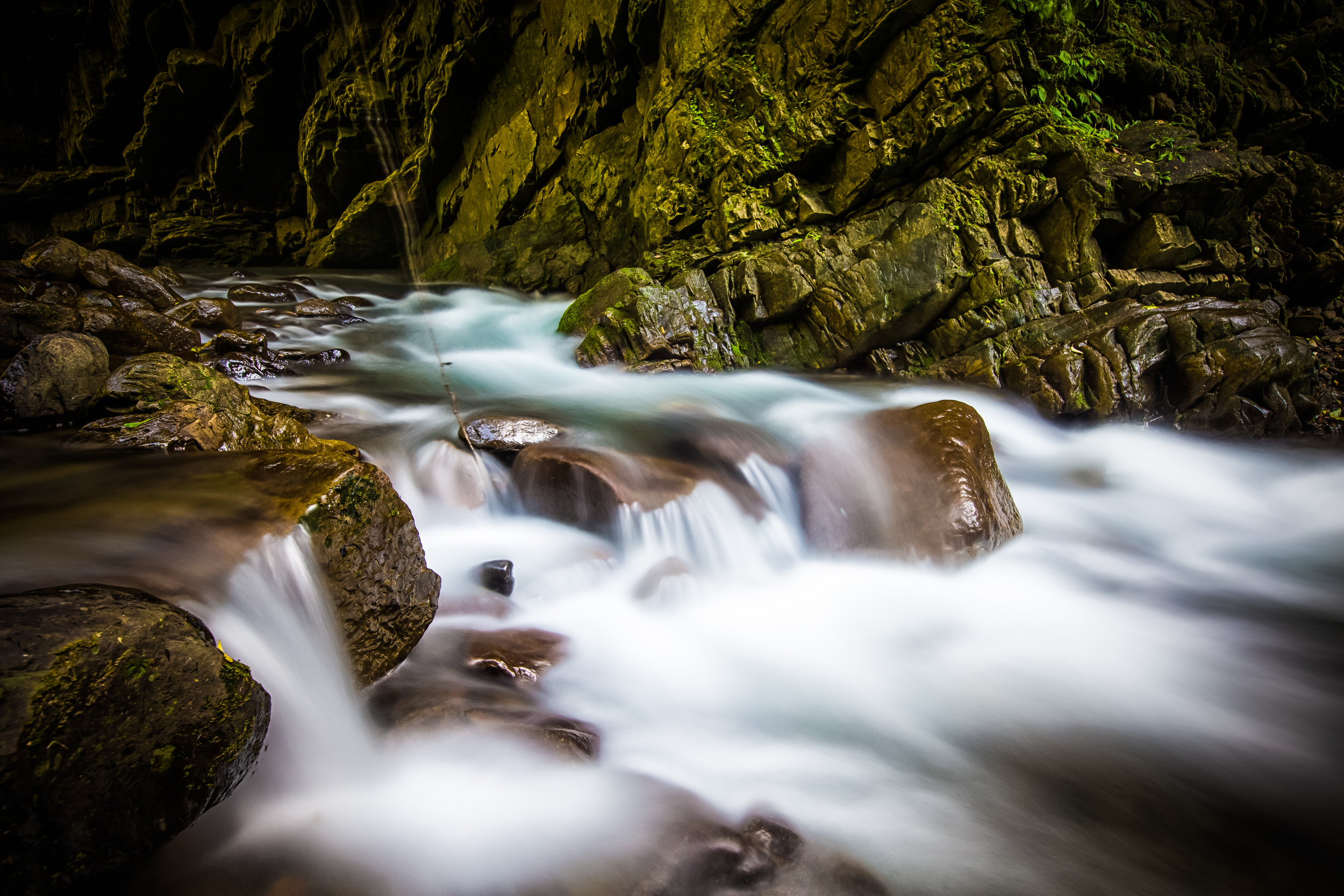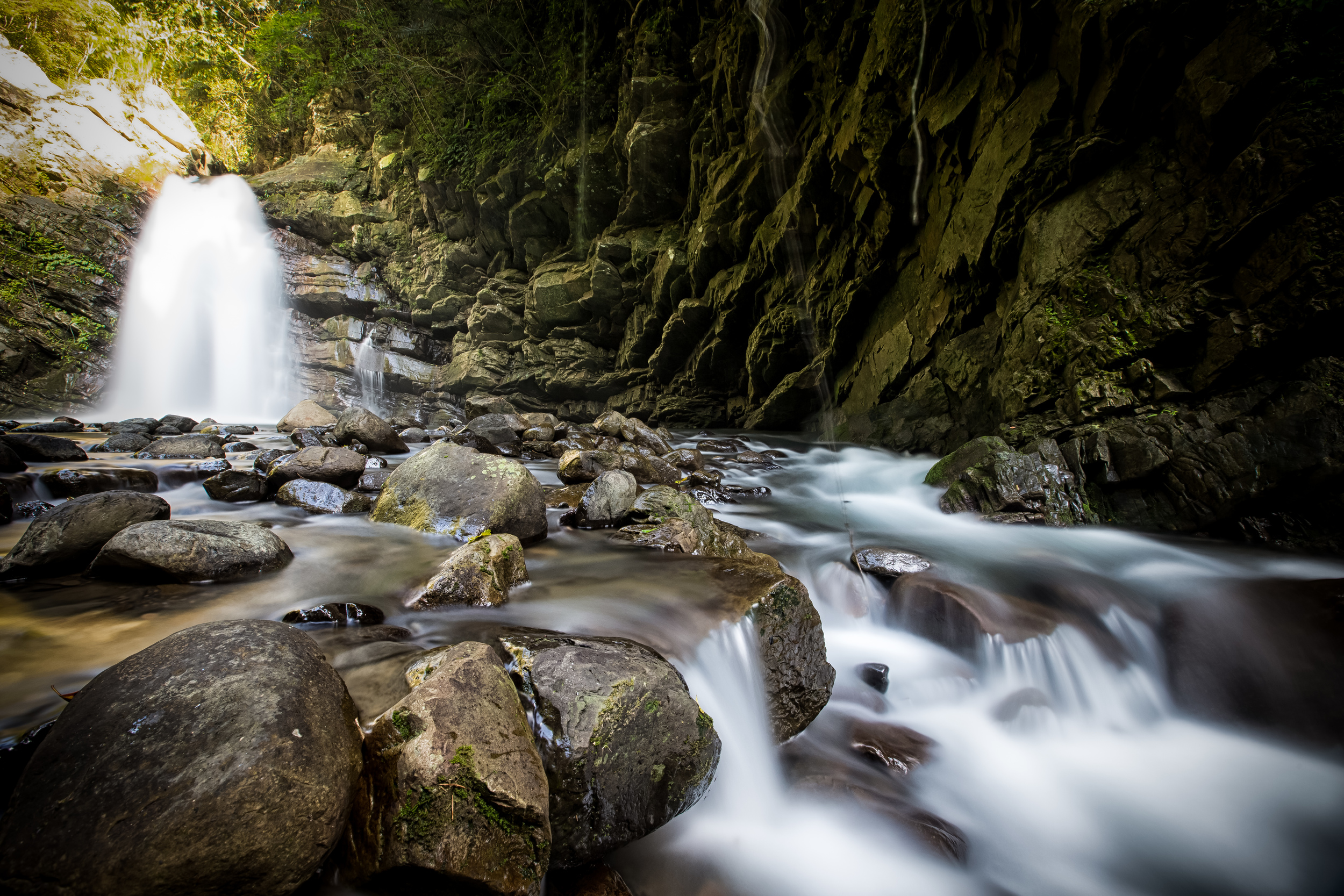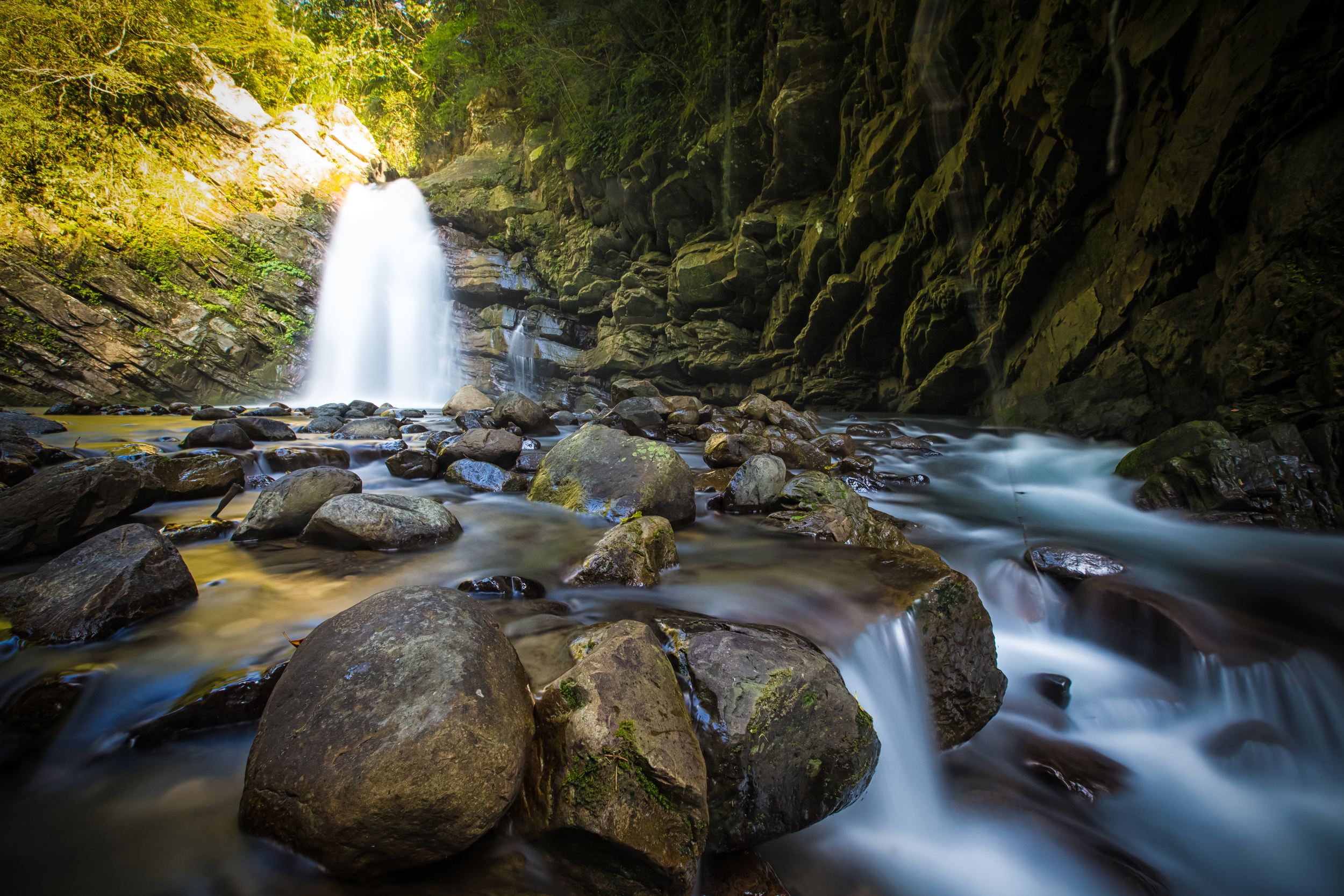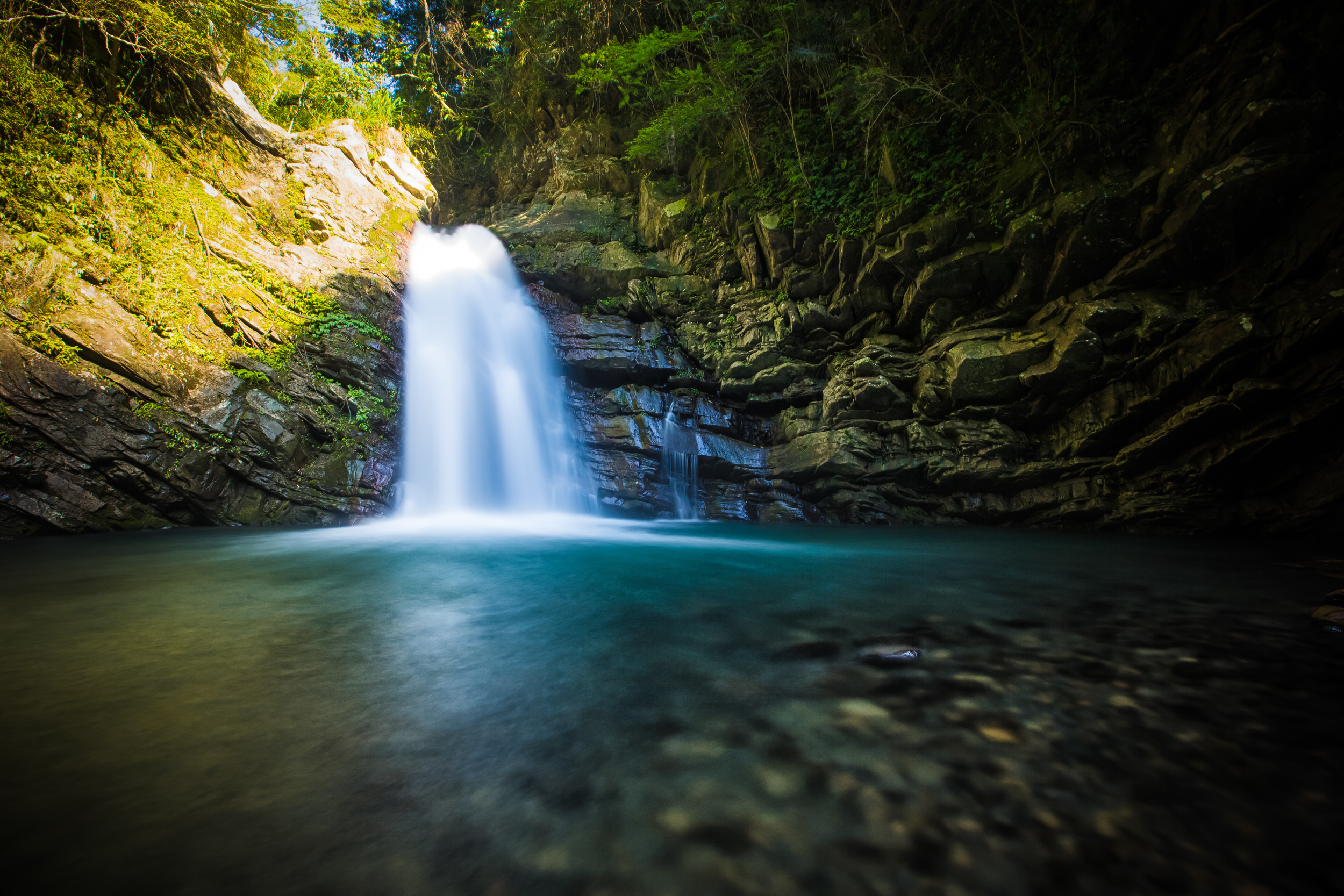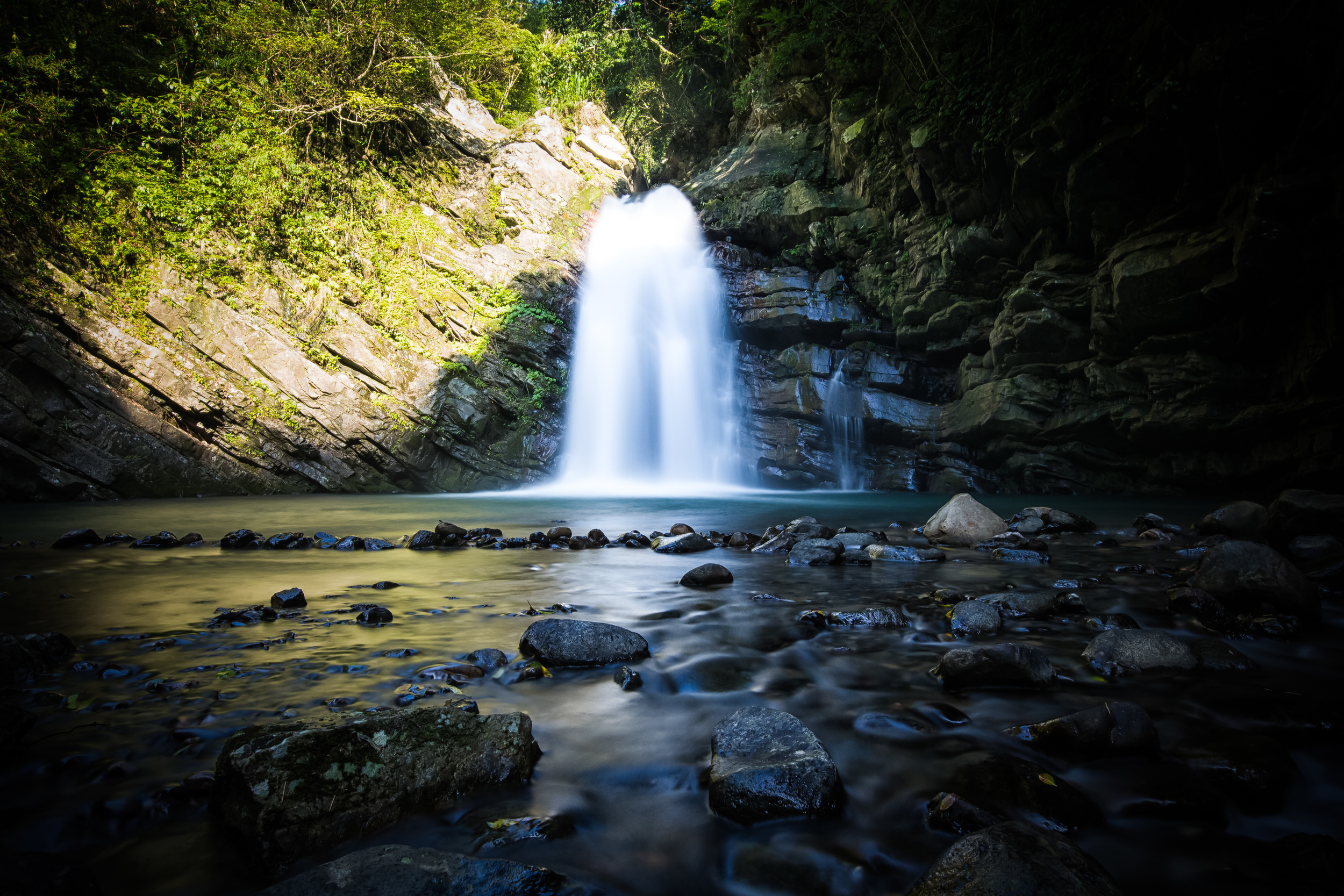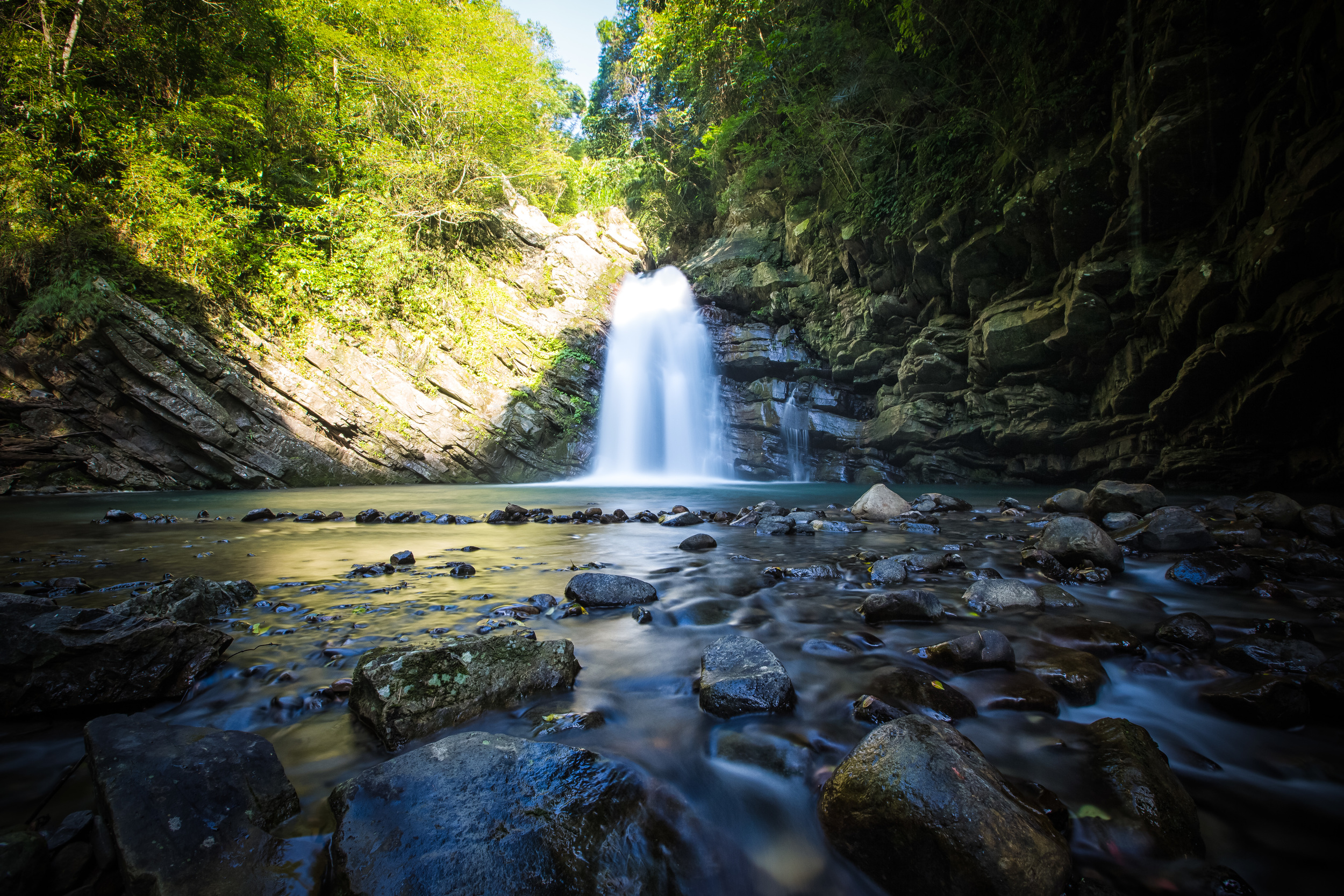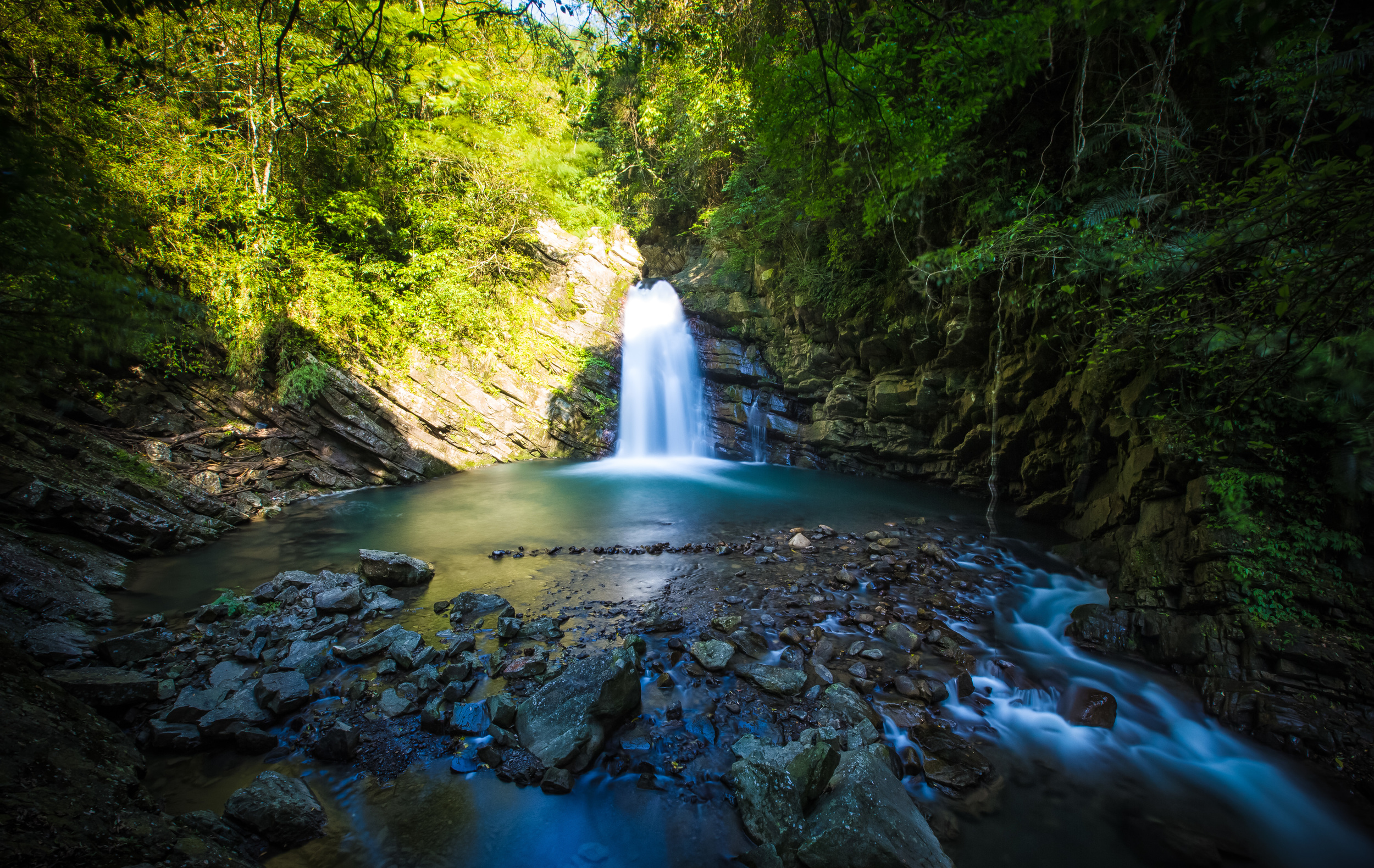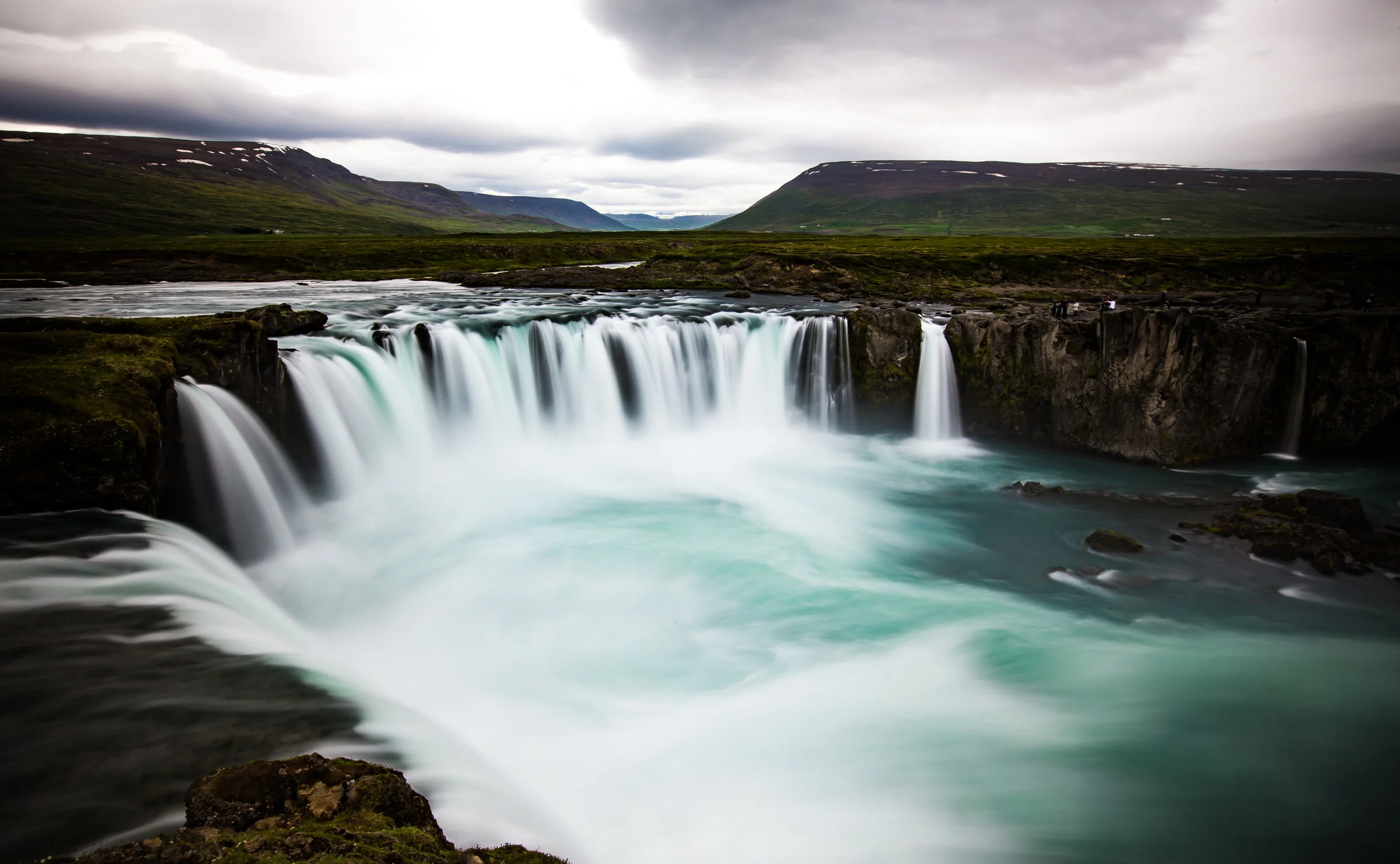Yong-An Harbour on the west coast of Taoyuan county serves as an important fishing port but also as a popular tourist spot for the people of Taiwan. The harbour is fully functional with boats coming and going but there is a wholesale market set up where you can buy fresh seafood, dine-in seafood restaurants and eat popular seafood snacks with family and friends. The harbour is currently part of a much larger coastal area where there are quite a few recreational activities and has in recent years become a popular area for families to rent bicycles and travel up and down the coast on a nice weekend afternoon.
I've been visiting the harbour for well over a decade now and some of my earliest memories in Taiwan are of taking the half hour drive down the road with friends and hanging out on the beach until the early hours of the morning. The coastal beach area that surrounds the harbour is known pejoratively by local expats as "garbage beach" and while they might have had a point quite a few years ago, the beach is quite clean these days and the government has done a lot to cleanup the area.
The problem with the beach (and the reason why it got its reputation) is that a lot of the garbage floats over the Taiwan strait from China and causes a lot of pollution for the west coast of Taiwan. This problem isn't specific to Yong-An, but expats, especially those in Taipei have a habit of condescending when it comes to anything to do with Taoyuan. What I'd like to achieve with this post is to disprove those attitudes and show that the harbour is actually a really nice place to visit!
The beach near the harbour isn't great for swimming as the currents are often really strong but the area is often used by surfers and kite surfers and is also popular for professional kite-flying hobbyists and for other recreational activities. It's also common to see families enjoying the coast, playing in the sand, chasing crabs and having picnics and BBQ's.
Nearby is the popular "Green Corridor" (新屋綠色走廊) which serves as a natural forest barrier between the beach and attracts thousands of people to the area for biking on the weekend. There are also a few strange amusement parks nearby with playgrounds for children and things like mini-golf and horseback-riding.
The harbour has experienced a large number of changes since opening in 1953 with the original name "Kantouwu Port" (崁頭屋港) later being changed. Since opening the port has grown in importance and thus has had to grow in size making the port wider, longer and dredging the seabed making it deeper for larger boats to enter the port. I have been visiting the port for over a decade now and it seems like it's in a constant state of renovation to meet the needs of society.
I learned while doing research for this blog that the large building that was constructed in the shape of a lobster that houses harbour offices and restaurants was completed only a month before I arrived in Taiwan. The building is split into three different sections with one for seafood restaurants, the next for Taiwanese style deep-fried seafood and the last section as a whole sale seafood market where fisherman will sell their catches at really great prices.
The most common varieties of fresh seafood you'll find at the port include flatfish (比目魚), Mackerel (鰆魚), Squid (小卷), Mullet (烏魚), Bonito (鰹魚), Shark (鯊魚) and Yellow Croaker (大黃魚) but it's common to find other types of seafood within the market which have come from other harbours around Taiwan (and sometimes other countries) supplementing the income of the fishers who have set up shop within the building at the port.
The building attracts quite a few visitors on the weekend for the restaurants where people feast on amazing dishes from the sea. For people who aren't in the mood for a giant feast, the middle section full of various seafood snacks including calamari, bite-sized crab, shrimp and fish might be the perfect place to sample quite a few different kinds of seafood. I'm quite fond of deep fried squid tentacles (炸魷魚), bite-sized crabs (一口蟹) and grilled squid balls (花枝丸) which you can get a taste of all three for about $250NT ($7-8 USD) and could feed several people.
The wholesale seafood section is really cool and is a lively place where you'll see lots of strange looking seafood but also vendors bickering back and forth to attract customers. There are live auctions with vendors who talk extremely fast and loud and large groups of people who come to argue and barter a better deal to buy fresh seafood in bulk. The atmosphere here on the weekends is really interesting and it's always fun to just stop and observe the strange human interactions that take place.
When you buy fresh seafood from places like this you're going to get it at a fraction of the price as what you'd find at normal markets and if you're a big fan of fresh seafood, this might be the place for you! Personally, I prefer this section because they sell platters of freshly sliced sashimi for anywhere between $100-300NT depending on the size. The sashimi is so fresh that it almost melts in your mouth and a $100NT platter is enough to fill me up.
Next to the building is the famous bridge that connects one side of the harbour to the other. The bridge is one of those iconic images of Taoyuan county as the boats that come in to dock at the harbour have to pass through it. Shortly after the sunset every night the bridge lights up making it look like a rainbow reflecting on the water below it. The dock area is extremely popular with photographers and there is a long line of people there every night to get photos of the sunset and also the night view of the bridge when it's lit up. If you're a photographer you might have trouble getting a spot for the sunset unless you arrive early.
For non-photographers however, viewing the sunset from the top of the bridge overlooking the port and directly out to the ocean is a spectacular view and if you're lucky enough to have good weather, the view is quite memorable and highly recommended!
A day trip to Yong-An Harbour allows for a wide variety of recreational activities as well as the opportunity to enjoy some excellent and affordable seafood. The port and the beaches on either side are constantly improving and while the waves and the current make the beach unsuitable for swimming, it most certainly shouldn't be referred to as "garbage beach" nor should the harbour be looked down upon as it is an excellent tourist spot and in my opinion is a lot better than the expensive fishery harbours in New Taipei City that cater to bus loads of tourists.
I've been visiting this harbour for well over a decade and I'll keep going back. If you're looking for a place to have an excellent day trip, this is an excellent place where you can enjoy nature and wide open spaces while eating great food!
Gallery / Flickr (High Res Photos)
